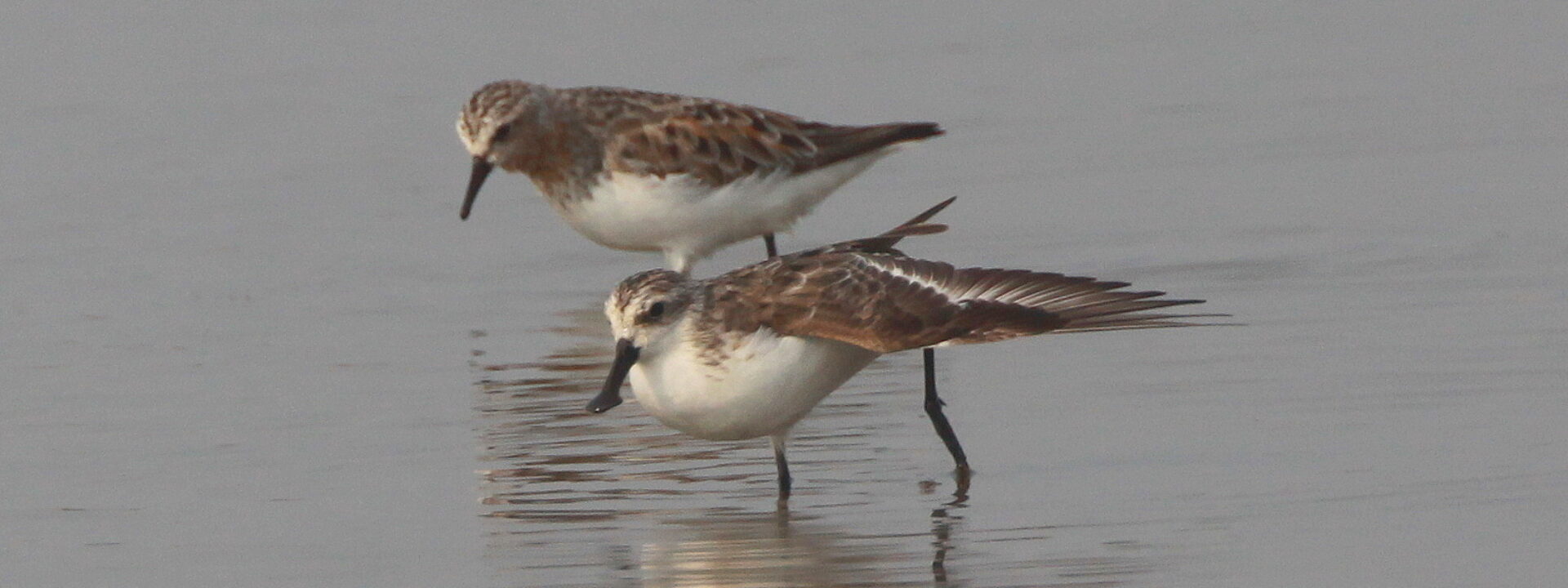Thailand
"Spoonie and more..."
Looking for the critically endangered Spoon-billed Sandpiper, lots of other quality waders plus a great selection of SE Asia's forest specialities.
With its extraordinary spatulate-shaped bill, the Spoon-billed Sandpiper is a truly unique wader, however, it is now also one of the rarest birds on the planet (and classified as ‘critically endangered’ by Birdlife International) with a world population that may number just 150 pairs.
Whilst WildWings offered the opportunity to visit the breeding grounds between 2011-19, it seems highly unlikely there will be any chance of getting to the Russian Far East in the foreseeable future, so we believe Thailand once again offers the best opportunities to see this special bird.
We have been running trip for many years to the wintering grounds in Thailand and on this new and improved itinerary, we will combine some of the most diverse wader-watching on the planet with visits to two of Thailand’s best national parks, Khao Yai and Kaeng Krachen.
This combination will allow us to look for a great range of species and during our days in these famous forest reserves, we will hope to find birds such as Coral-billed Ground Cuckoo, Silver Pheasant, Kalij Pheasant, Siamese Fireback and Grey Peacock-Pheasant plus potential more than five species of hornbills. There should also be opportunities to see multiple species of colourful broadbills including Black-and-Red, Black-and-Yellow, Banded, Silver-breasted and Long-tailed.
Whilst this is primarily a bird tour, a good range of mammals are also possible and whilst we would be extraordinary fortunate if we encountered Sun Bear or Leopard, we hope to see the gorgeous Dusky and Banded Langurs, White-handed Gibbon, the impressive Black Giant Squirrel and there is also a fair chance of Asian Elephant.
Our holiday will then conclude with three nights near the coast at Phetchaburi to give us access to the famous shorebird sites of Pak Thale and Laem Phak Bia where it is possible to see over 40 species of waders. Since WildWings started running tours to this region in 2008, we have not failed to see Spoon-billed Sandpiper and whilst there can never be any guarantees, we are very hopefully of finding it.
Whilst ‘spoonie’ may be our main target, there are plenty of other species to see including Nordmann’s Greenshank, Asian Dowitcher, the regionally endemic Malaysian Plover and the ‘new’ wader species, White-faced or Swinhoe’s Plover. With a supporting cast of Great Knot, Far-eastern Curlew, Marsh, Terek and Broad-billed Sandpipers, Red-necked and Long-toed Stints, both Greater and Lesser Sandplovers plus Painted and Pintail Snipes, we could potentially see almost 25% of the world’s waders !!
Led by WildWings guide Jay (and also accompanied by Mark Andrews if there are five or more bookings), this promises to be a fabulous opportunity to enjoy some of the special birding highlights of Thailand.
Tour Dates & Prices
Sat 8th March 2025
Fri 21st March 2025
- Fully Booked
Tour Cost: 14 Days from £4395 excluding flights
What's Included?
- Expert English-speaking WildWings Thai bird guide
- Mark Andrews will co-lead the holiday if the group is six or more clients
- 11 nights accommodation in Thailand
- All main meals
- Transportation by air-conditioned minibus
- Boat trip at Laem Pak Bia
- All excursions, entry fees, permits, local guides, tour-based tips and taxes
- WildWings checklist of birds and mammals
Cost Excludes
Additional Information
The Land Only Tour Cost is the amount you will pay WildWings.
Despite the end of pandemic restrictions, we have taken the decision to continue to price our holidays as excluding international flights.
To keep the process as simple as possible, we are working very closely with a dedicated agent at Travel Counsellors, Sacha Barbato, who is essentially now our “in house” flight consultant.
Sacha is a highly experienced independent ATOL bonded travel agent, and his contact details are as follows: [email protected] and 01603 360099
He will be able to advise you which flights we are recommending for each holiday and will be able to book these for you.
This will also sometimes give you the option to travel from a regional airport if you prefer.
Tour Highlights
- Superb introduction to the amazing birdlife of Thailand
- Abundance of resident Thai birds and outstanding for wintering shorebirds
- Three nights on the coast for Spoon-billed Sandpiper, Nordmann’s Greenshank, Asian Dowitcher, White-faced Plover and many other shorebirds
- Four nights at Khao Yai, exploring the tropical lowland forests of this impressive national park with chances for Silver Pheasant, Siamese Fireback, Blue Pitta and Coral-billed Ground Cuckoo
- Four nights at Kaeng Krachen looking for Kalij Pheasant, Grey Peacock Pheasant, Orange-breasted Trogon and Rusty-cheeked Hornbill
- Led by WildWings guide Wich'yanan Limparungpatthanakij ("Jay") who is one of Thailand's leading bird guides and author of the Lynx field guide to Thailand and also accompanied by Mark Andrews subject to minimum numbers
Outline Itinerary
-
Depart UK for Bangkok, Thailand
-
Morning arrival and transfer to Khao Yai National Park
-
Khao Yai National Park
-
Depart Khao Yai for Kaeng Krachan
-
Kaeng Krachan National Park
-
Transfer to Phetchaburi
-
Wader habitats around Pak Thale and Laem Phak Bia
-
Bird in ricefields at Nong Pla Lai, lakes, freshwater wetlands, and mangroves in Phetchaburi. More opportunities to look for the Spoon-billed Sandpiper and other waders. Drive to Bangkok. Night near Airport
-
Flight to UK
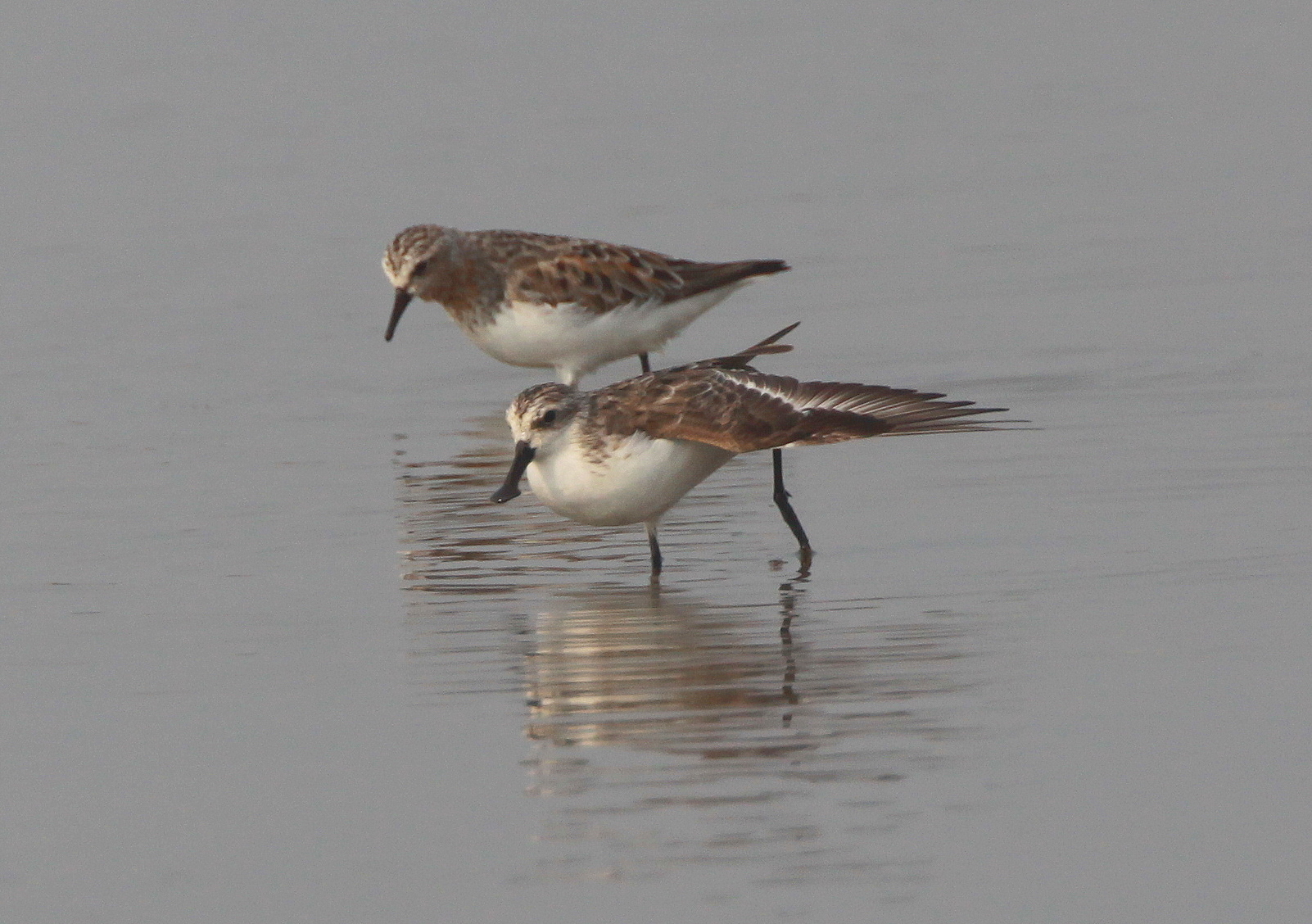
Many birders will surely have done a double-take when they first saw a plate or photograph of a Spoon-billed Sandpiper for this is a truly unique wader with its extraordinary spatulate-shaped bill. Sadly, however, it is now also one of the rarest birds on the planet (and classified as ‘critically endangered’ by Birdlife International) with a world population that may number only 150 pairs, all of which are believed to breed in the remote Russian province of Chukotka.
Whilst WildWings offered the opportunity to visit the breeding grounds between 2011-19, this unique opportunity seems to have gone for the foreseeable future. For many years, however, we have also been running trips to see this special bird on the wintering grounds in Thailand and this is now undoubtedly the best opportunity to see this special bird. On this new and improved itinerary, we will combine some of the most diverse wader-watching on the planet with visits to two of Thailand’s best national parks, Khao Yai and Kaeng Krachen.
Our holiday will start with us heading north from Bangkok for three full days at the Khao Yai National Park, although on the way there, we will look for the highly localised and endemic Rufous Limestone Babbler which is only found in a relative small part of Central Thailand.
Unlike the national parks in some South-East Asian countries where the designation means little, the Thais have done a great job and Khao Yai has a team of forest rangers who protect the park and there is an excellent network of roads and trails we will use to explore this bird-rich location. Throughout our visit, we plan to stay in a hotel close to one of the entrances to allow us access early each morning.
There is an impressive list of species which can be found here and those we will be particularly keen to locate include Coral-billed Ground Cuckoo, Silver Pheasant, Siamese Fireback, Austen’s Brown Hornbill and Banded, Silver-breasted and Long-tailed Broadbills. The list of birds which have been recorded at the park runs to over 300 and we will aim to see as many as possible during our time here along with also looking for some of the mammals which occur inside the park.
At both Khao Yai and Kaeng Krachan, we have decent chances to see Asian Elephant but we will also hope to see both White-handed and Pileated Gibbons and Malaysian Porcupine during our time at Khao Yai.
We will then head southwest to another famous national park, Kaeng Krachan, which has a surprisingly different avifauna. Around the outskirts of the park, there are a number of hides which have been specifically constructed to allow birders and wildlife photographers to get some amazing views of some of the more tricky forest species with these sometimes attracting some of the pittas which occur here.
We have three full days to explore the park and during our stay will hope to find some fruiting trees as these can act as a real magnet for some species with orioles, barbets and hornbills, for example, flocking to feed on the bounty and we could see Great, Oriental Pied, Wreathed and Rusty-cheeked Hornbills.
Kaeng Krachan is also home to an impressive number of broadbills and we will look for Black-and-Red, Black-and-Yellow, Banded, Silver-breasted and Long-tailed. Both Kalij Pheasant and Grey Peacock-Pheasant are also present and the park is also home to an impressive list of mammals, including Sun Bear and Leopard, although we would be extraordinarily lucky to encounter either of these. We should, however, see the gorgeous Dusky and Banded Langurs, White-handed Gibbon and the impressive Black Giant Squirrel and, as at Khao Yai, there is a fair chance of Asian Elephant.
For the final part of our holiday, we will spend three nights near the coast at Phetchaburi to give us access to the famous shorebird sites of Pak Thale and Laem Phak Bia where it is possible to see over 40 species of waders. Since WildWings started running tours to this region in 2008, we have not failed to see Spoon-billed Sandpiper and whilst there can never be any guarantees (since sadly the population of this extraordinary bird continues to fall), we are very hopefully of finding it.
Whilst ‘spoonie’ may be our main target, there are plenty of other species to see including two which have also declined markedly in recent years, namely Nordmann’s Greenshank and Asian Dowitcher. We are also likely to find the regionally endemic Malaysian Plover and will also make a special effort to see the ‘new’ wader species, White-faced or Swinhoe’s Plover.
There will also be plenty of other waders to enjoy with the list likely to include Great Knot, Far-eastern Curlew, Marsh, Terek and Broad-billed Sandpipers, Red-necked, Long-toed and Temminck’s Stints, Pacific Golden Plover, both Greater and Lesser Sandplovers plus Painted and Pintail Snipes – incredibly almost 25% of the world’s waders are possible !!
Assuming we manage to find our main wader targets, we also plan to explore the ricefields at Nong Pla Lai, plus the freshwater wetlands and mangroves around Phetchaburi where we should find another suite of species including various bee-eaters, kingfishers and a good selection of more open country species.
Led WildWings guide Wich’yanan Limparungpatthanakij (“Jay”) who is one of Thailand’s leading bird guides and author of the Lynx field guide to Thailand, the tour will also accompanied by Mark Andrews subject to minimum numbers.
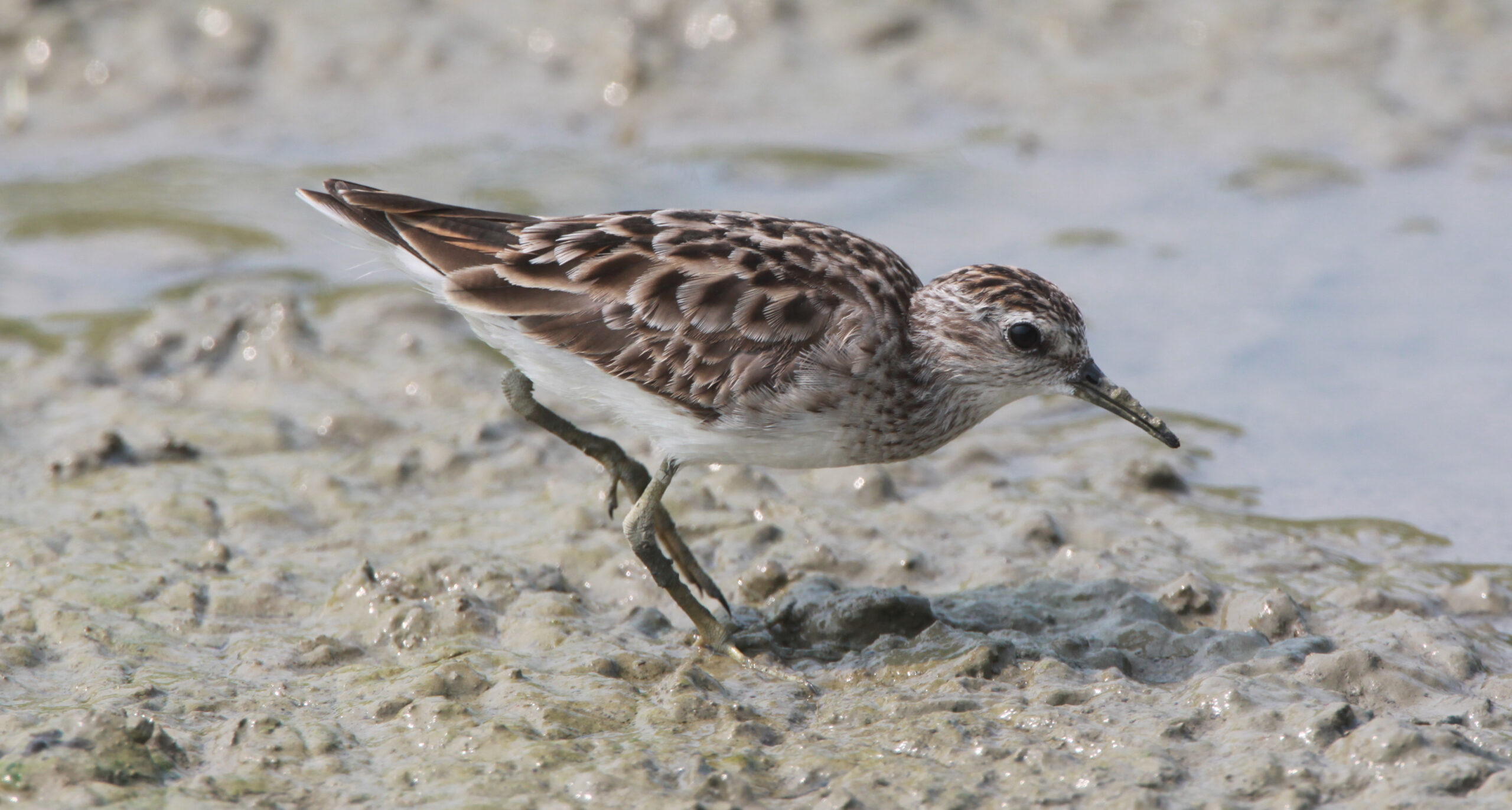
Day 1: Depart UK for Bangkok
Day 2: Arrive Bangkok airport and transfer to Khao Yai National Park
We plan to use a flight that will reach Bangkok in the morning and after meeting up with our local Thai bird guide, Wich’yanan Limparungpatthanakij (who is known as “Jay” after living in North America for a while), we will set off for Khao Yai. The journey should take about three to four hours, however, we will aim to stop to look for the endemic and somewhat localised Rufous Limestone Babbler on the way.
After checking in to our comfortable resort hotel near the entrance to the national park, if we have sufficient daylight, we will explore some of the nearby farmland at Ta Ngoi for open country species such as Asian Openbill, White-throated Kingfisher, Indochinese Roller, Brown Shrike, Paddyfield Pipit and Chestnut-tailed Starling. We may also see our first barbets of the trip with both Coppersmith and Lineated being possible here, along with Ashy Minivet, Indochinese Bushlark, Taiga Flycatcher and Asian Golden Weaver.
Days 3-5: Khao Yai National Park
Khao Yai National Park is a World Heritage site and we have three full days here which will give us plenty of time to look for a great selection of birds. Well over 350 species have been recorded in this fantastic national park and some of the ground-dwelling specialities we will hope to find include two stunning pheasants, Silver Pheasant and Siamese Fireback. Coral-billed Ground Cuckoo and both Eared and Blue Pittas are also possible but we will count ourselves as very fortunate if we manage to track down all five of these elusive species.
Other possibilities include Changeable Hawk Eagle, Mountain Imperial Pigeon, Thick-billed Green Pigeon, Asian Emerald Cuckoo, Green-billed Malkoha, Asian Barred Owlet, Oriental Scops Owl, Collared Scops Owl, Buffy Fish Owl, Great-eared Nightjar, Large-tailed Nightjar, Orange-breasted Trogon, Red-headed Trogon, Banded Kingfisher, Blue-bearded Bee-eater, Chestnut-headed Bee-eater, Green-eared Barbet and Moustached Barbet.
During our time at Khao Yai, we will hope to track down a fruiting tree as these often act as a magnet for the forest’s frugivores including several species of hornbill with the possibilities including Oriental Pied, Great, Austen’s Brown and Wreathed Hornbills.
A good selection of mammals are also possible at Khao Yai and we will certainly hope to see Asian Elephant with other possibilities including White-handed and Pileated Gibbons and Malaysian Porcupine.
Day 6: Depart Khao Yai for Kaeng Krachan
We will check out of our resort hotel in the early morning and what we do on our way to Kaeng Krachan will largely be determined by what we have seen over the last few days. If we were unsuccessful in our previous search for Rufous Limestone Babbler, we may make a second attempt for this endemic, with another option being a second visit to the Ta Ngoi Farmlands.
The journey to the outskirts of Kaeng Krachan will take about five hours but we will aim to make the occasional stop especially if we see anything of interest on the way.
Depending on what time we arrive there may be time for some late afternoon birding around our hotel at Baan Maka.
Days 7-9: Full day birding in and around Kaeng Krachan National Park
We have three full days to explore Kaeng Krachan and the area around this fantastic national park. There are a number of privately run hides closeby and we will certainly want to visit some of these, as they sometimes provide an opportunity to get views of (and photographs) a number of tricky forest species including, for example, the stunning Ferruginous Partridge.
We will also spend time exploring different elevations within Kaeng Krachan and despite it being only 150 miles or so in a straight line from Khao Yai, there is a surprisingly different avifauna and we can expect to see a number of species we are unlikely to have found earlier in our trip. The possibilities include Kalij Pheasant, Grey Peacock Pheasant, Crested Serpent Eagle, Changeable Hawk Eagle, Wedge-tailed Green Pigeon, Green-billed Malkoha, Asian Barred Owlet, Great-eared Nightjar, Large-tailed Nightjar, Orange-breasted Trogon, Blue-bearded Bee-eater, Oriental Pied Hornbill, Great Hornbill and Rusty-cheeked Hornbill.
Day 10: Kaeng Krachan to Phetchaburi
We will have a final opportunity to explore during the morning (possibly visiting another bird hide) before leaving Kaeng Krachan for Phetchaburi. We plan, however, to make an afternoon stop to visit the drier forests at Khao Luk Chang where the possibilities include Pink-necked Green-Pigeon, Orange-breasted Green-Pigeon, Blue-tailed Bee-eater, Greater Flameback, Malaysian Pied Fantail, Rufous Treepie, Sooty-headed Bulbul and Pin-striped Tit-babbler. We will then continue on to Phetchaburi for a three night stay.
Days 11-12: Pak Thale, Laem Phak Bia and Nong Pla Lai
We have two days to explore the amazing wader habitats around Pak Thale and Laem Phak Bia which arguably are amongst the best places on the planet for wader diversity. There is no denying, however, that one small shorebird will be our priority and that is the critically endangered Spoon-billed Sandpiper. Sadly, this extraordinary bird has declined markedly in recent years and there may now be less than 150 pairs left, although a handful of individuals have been consistently found every winter around Pak Thale.
Although locating at least one ‘Spoonie’ will be our priority, there are plenty of other waders to enjoy and we will aim to see as many species as possible during our time exploring the saltpans and mudflats of Pak Thale. Another target will be Nordmann’s Greenshank as like Spoon-billed Sandpiper, the population of this Russian endemic breeder has dropped significantly over the last couple of decades and some experts have suggested it may now be almost as threated as the sandpiper.
Another speciality of this region is Asian Dowitcher but for anyone who has not explored Asia before, there should be plenty of new waders to enjoy with the possibilities including Pacific Golden Plover, Greater and Lesser Sand Plovers, Malaysian Plover, Great Knot, Broad-billed Sandpiper, Long-toed and Red-necked Stints, Pin-tailed Snipe, Terek Sandpiper, Marsh Sandpiper and Oriental Pratincole.
During our stay, we also plan to take a boat trip out to the Laem Phak Bia sandspit which is where we hope to find White-faced Plover. Although originally described as a full species over 150 years, this bird has essentially been overlooked since then (due to its similarity to the closely related Kentish Plover) but it is now widely regarded as a good species, albeit one that is still poorly known. Another rare bird we will hope to find during our boat trip is Chinese Egret.
Depending on how long it takes to find our priority shorebirds, we also intend to explore the lakes, wetlands and mangroves around Phetchaburi which will allow us to see a much wider range of species including White-throated and Black-capped Kingfishers and Green and Blue-tailed Bee-eaters.
Day 13: Birding around Phetchaburi and depart Thailand
Bird in ricefields at Nong Pla Lai, lakes, freshwater wetlands, and mangroves in Phetchaburi. We shall have more opportunities to look for the Spoon-billed Sandpiper and other important waders if any were missed previously. Drive to Bangkok. Night near Airport
Day 14: Depart for UK
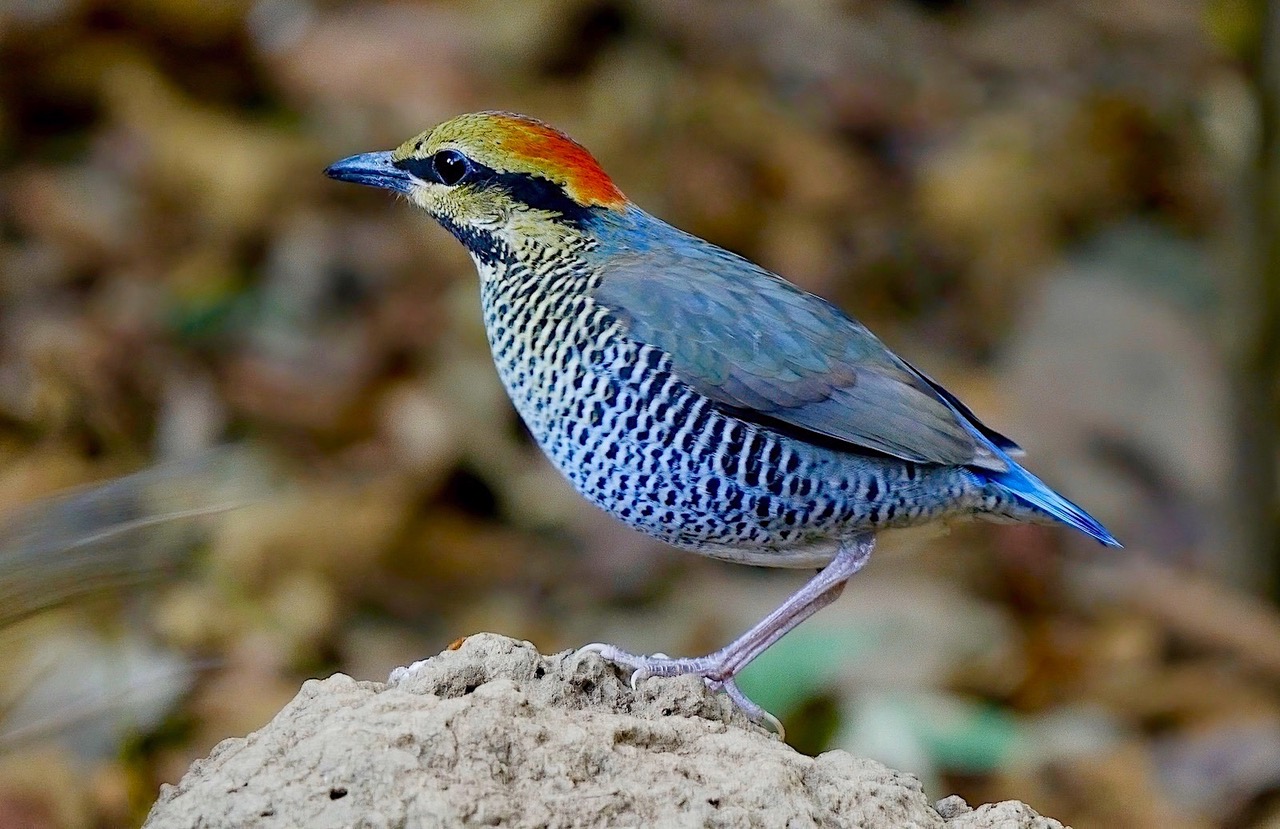
GROUP SIZE
10 participants plus one WildWings leader (Jay). If the group size is five or more, the trip will also be accompanied by Mark Andrews.
WHAT TO EXPECT
This is primarily a birding tour with a mixed focus of looking for forest birds and the waders at Pak Thale. We hope to see some mammals, eg primates and hopefully Asian Elephant, but our primary objective will be birds.
Located in the tropics (Bangkok, for example, is at approximately 13°N), Thailand has a warm-very hot and generally humid climate and we can expect high temperatures throughout the holiday with the chance of rain at times.
When we are at the two national parks, ie Khao Yai and Kaeng Krachan, we will spend much of our time exploring forest trails as well as birding along roadsides, so there is likely to be some shade from the sun, however, when looking for waders at Pak Thale, for example, there is little shelter, so we recommend not only bringing high factor sunblock and a hat but also a collapsible umbrella as this can not only be useful for any rain we encounter but also to provide shade against the sun.
You should expect to start early each morning throughout the trip as bird activity is generally best shortly after dawn. On some days, we make take a siesta or rest up during the heat of the middle of the day and then start looking for birds and other wildlife again in the middle to late afternoon. There may be some opportunities to look for nocturnal birds and mammals after dark but due to the challenges presented by Elephants, this is somewhat limited.
There should be good photographic opportunities from some of the hides we visit on the outskirts of Kaeng Krachan National Park and when birding along roadsides and more open areas but when we are walking the forest trails, the low light levels can make photography more challenging.
ACCOMMODATION
Eleven nights accommodation at three different locations. We have decided to stay close to but not inside Khao Yai National Park, as the quality of the accommodation in the park is now not of the standard we require. At all locations we will, however, be staying at comfortable resort hotels.
MEALS
Food will be good quality Thai cooking and it should be possible to cater for vegetarians and gluten-free diets.
All main meals are included in the tour price, commencing with lunch on Day 2 and concluding with breakfast on Day 13. Lunches will primarily be taken either at mixture of restaurants in the national parks or elsewhere and mostly not at the hotels where we are staying, although there may be a few picnics.
The occasional breakfast on this tour may be a packed breakfast.
WALKING
Mostly easy to moderate although it will be hot and humid which can make it more tiring so some participants may wish to bring a lightweight stool as we can be out for 4-5 hours on occasions, although we will mostly have our transport nearby. Most walks are on mainly easy terrain. A few walks may be a longer but taken at a gentle pace.
As we are spending several nights at each location, clients are usually able to ‘opt out’ of excursions (when we are then returning to the hotel) should they wish.
Comfortable waterproof walking shoes with stout corrugated soles for grip are advised especially when we go on forest trails.
TRAVEL
Despite the end of many pandemic restrictions, it is still proving extremely difficult to predict future flight prices and schedules. As a result, we have taken the decision to continue to price our holidays as excluding international flights.
To keep the process as simple as possible, we are working very closely with a dedicated agent at Travel Counsellors, Sacha Barbato, who is essentially now our “in house” flight consultant.
Sacha will be able to advise you which flights we are recommending for each holiday, and he will be able to book these for you.
VACCINATIONS/HEALTH
At the time of writing, there were no compulsory requirements for visiting Thailand, however, as always, you should check with your GP for recommendations. If the forest sites are wet, mosquitoes and leeches may be present so you are advised to bring suitable preventative measures.
Food hygiene standards are generally reasonably good in Thailand but, as always, only drink bottled water and avoid peeled fruit etc. Jay will have a basic field first aid kit with him and the vehicles always carry drinking water.
MONEY
The current exchange rate (February 2023) is about 40 Thai Baht to the Pound. We would suggest taking cash for this trip, either in Bahts or US Dollars. Please obtain your currency before departure to save time on arrival in Bangkok though be aware that ATMs are widely available.
GROUND TRANSPORT
By minibus or other private vehicles.
We will also take a boat trip to the sandspit at Laem Phak Bia
PHOTOGRAPHY
When we are birding along roadsides in the two national parks, there are usually good opportunities for photography but due to low light levels, it can be more challenging on forest trails. We also plan to spend some time visiting some of the hides on the outskirts of Kaeng Kranchan which can be excellent for photography. There should be great chances to photograph some of the waders and open country when we are at Pak Thale.
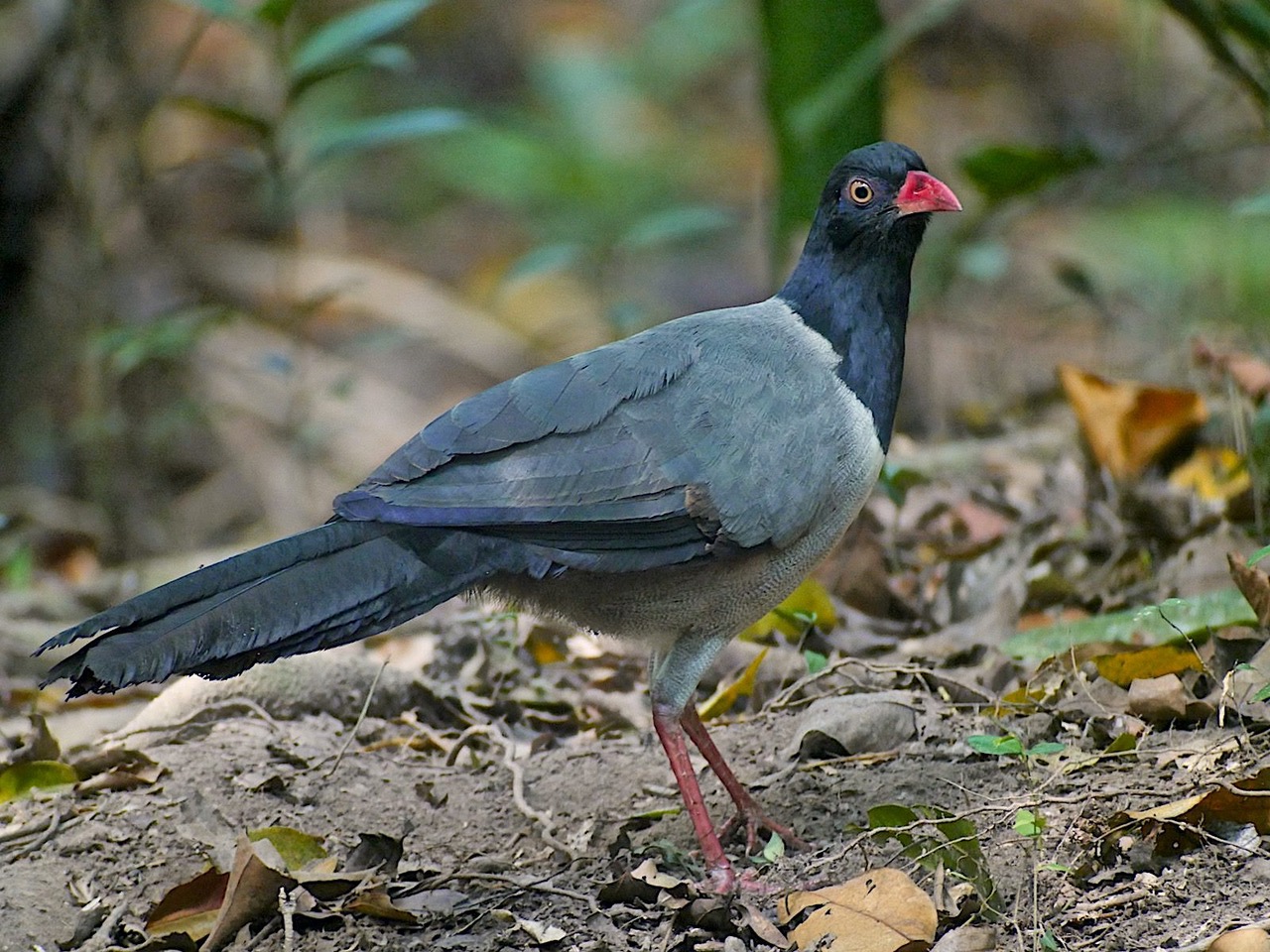
Tour Gallery
View a gallery of images for this tour below, click on an image to view as full size with caption
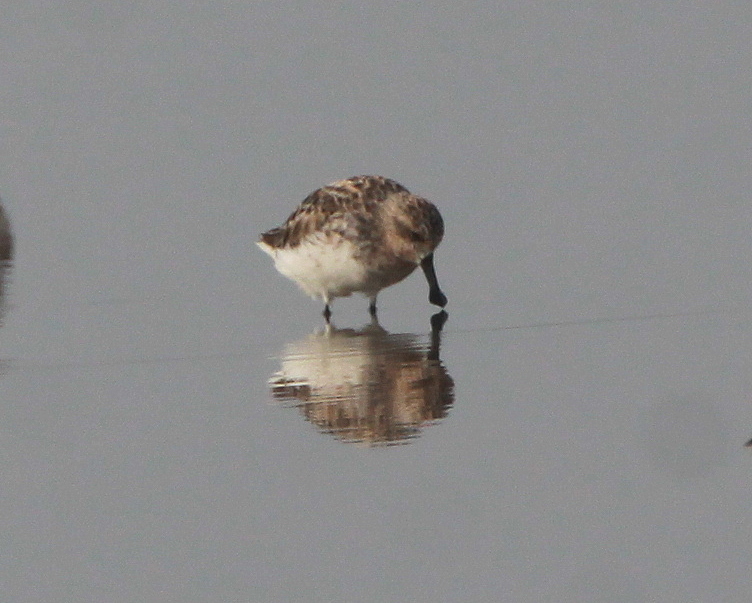
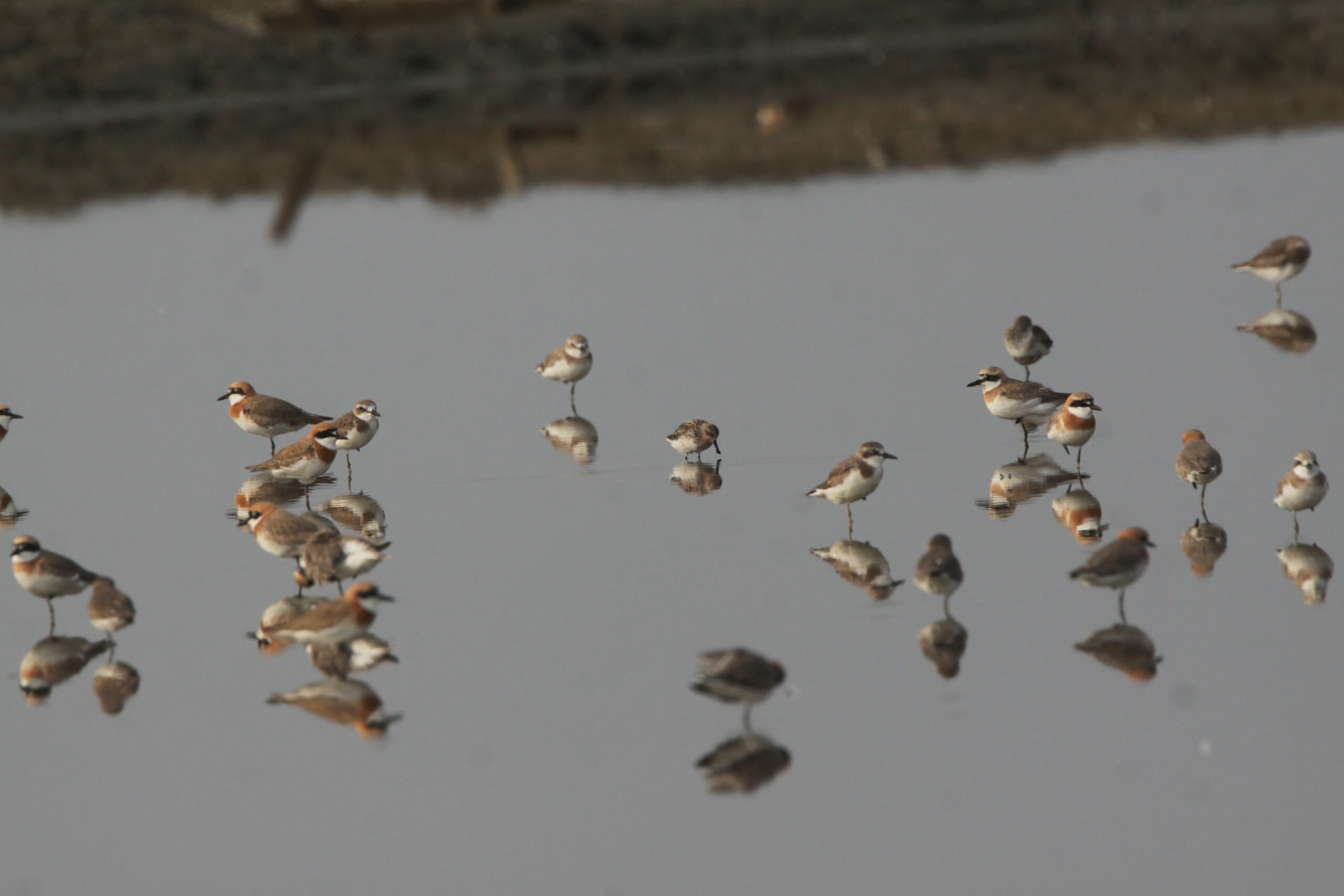
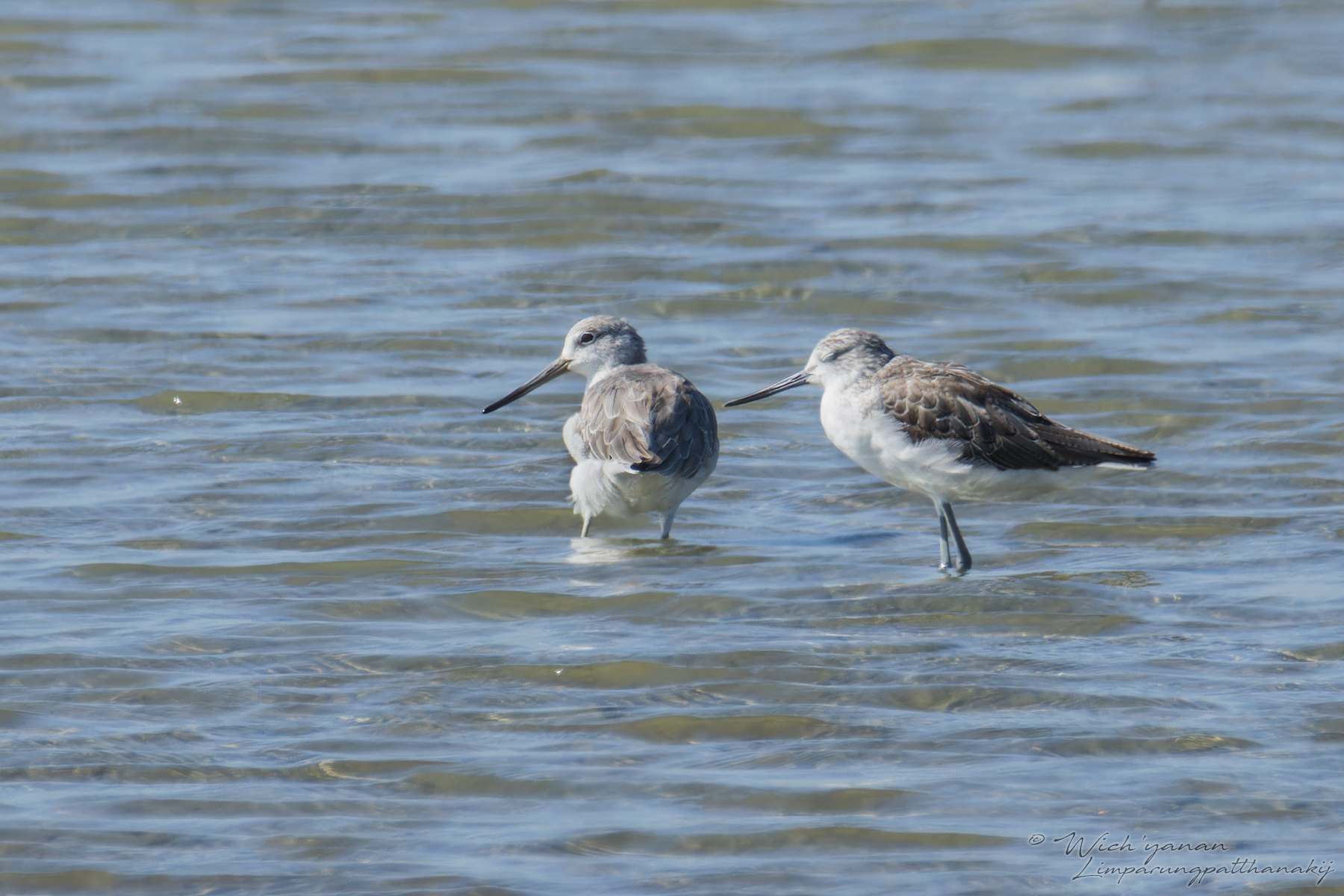

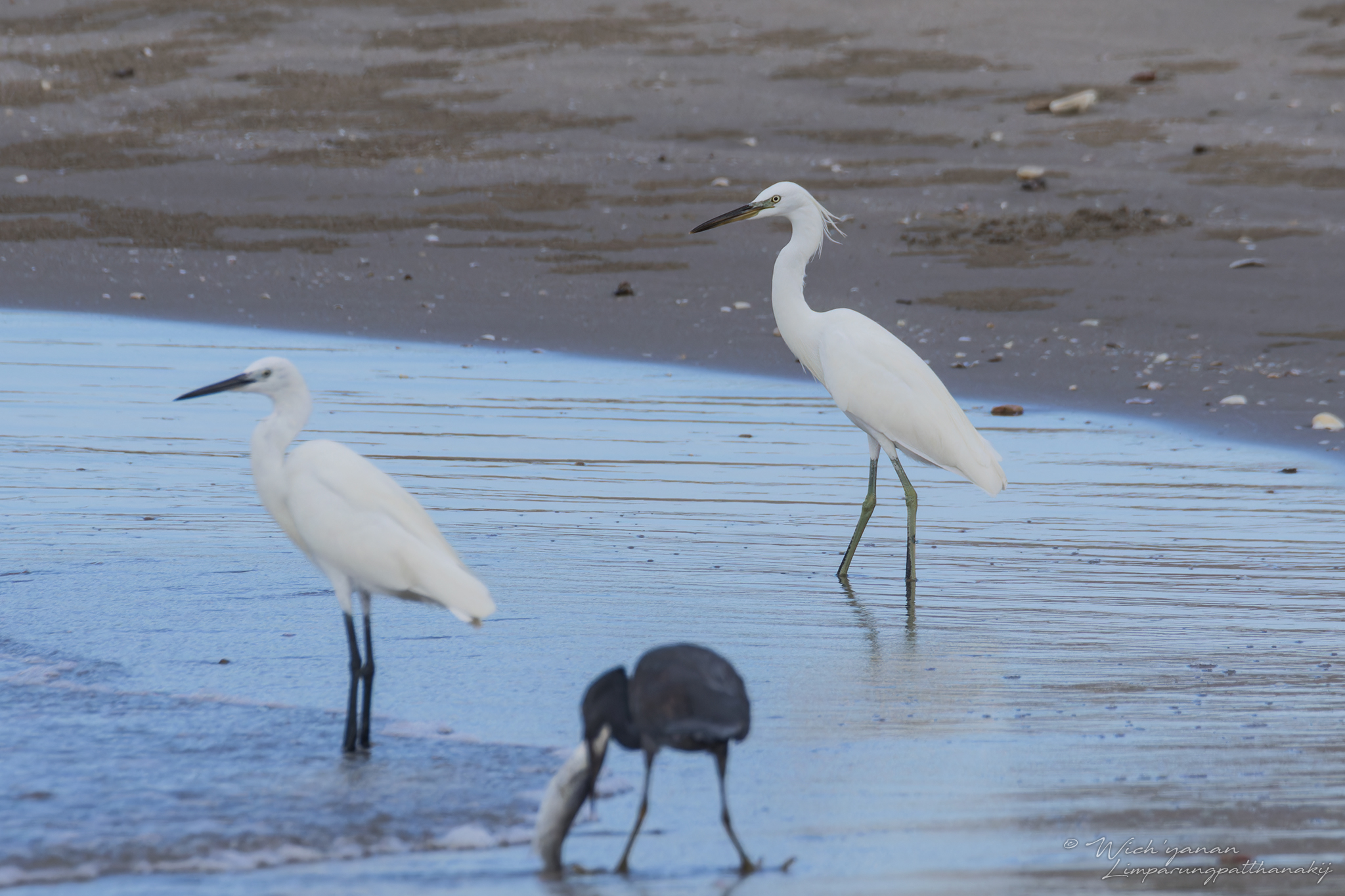
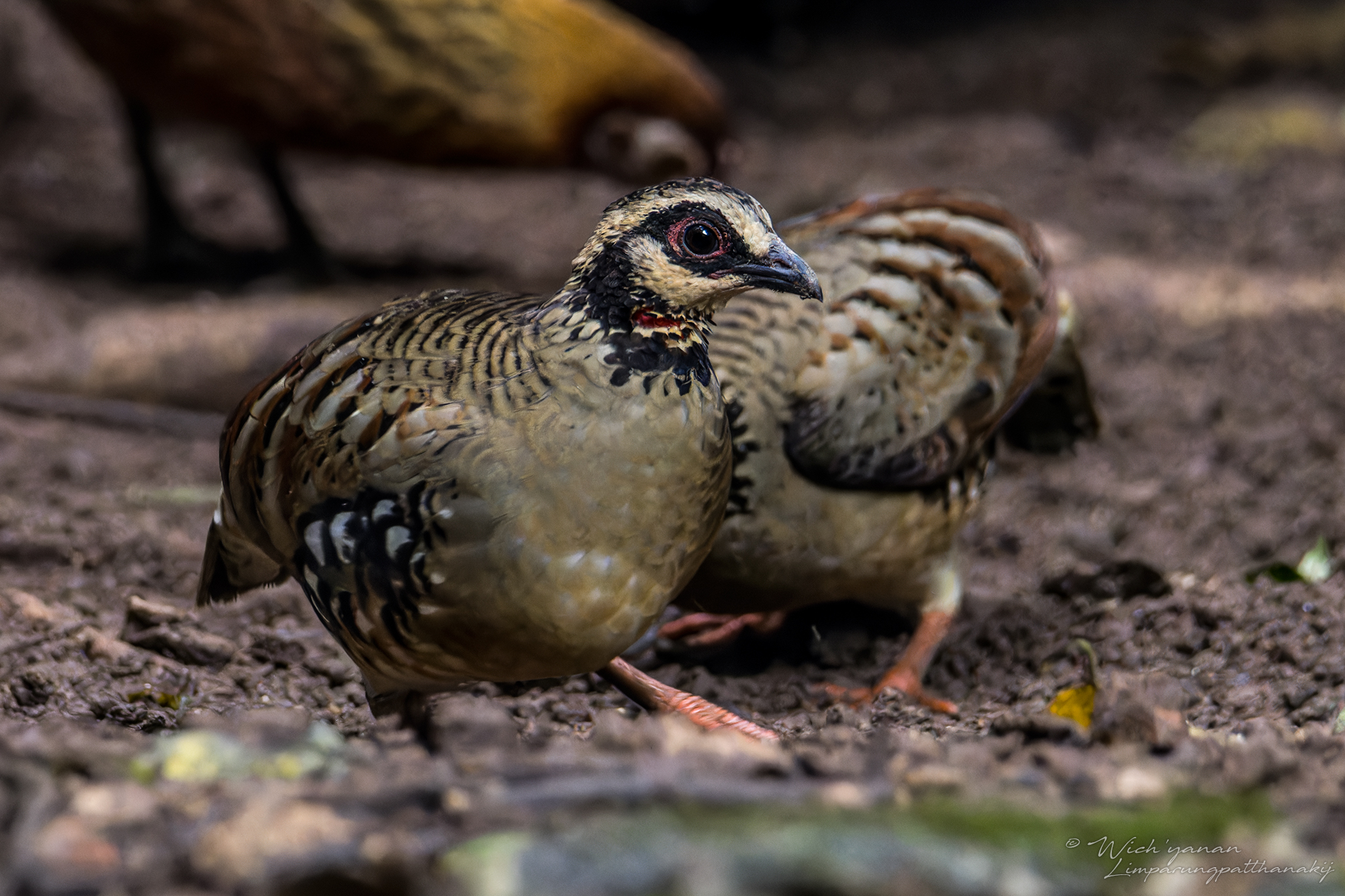
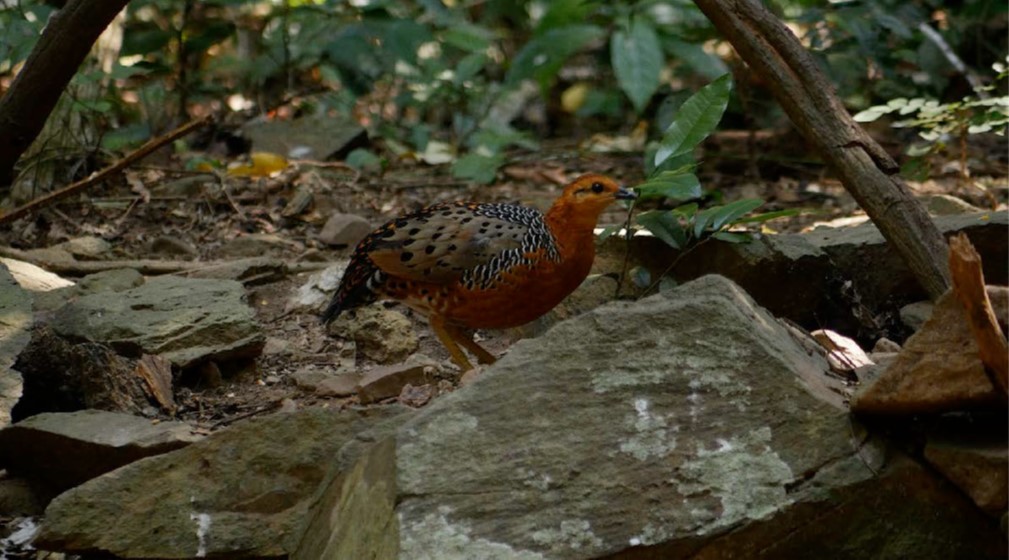
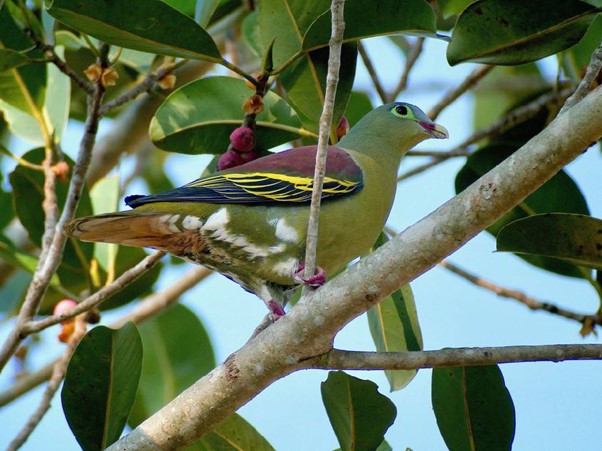
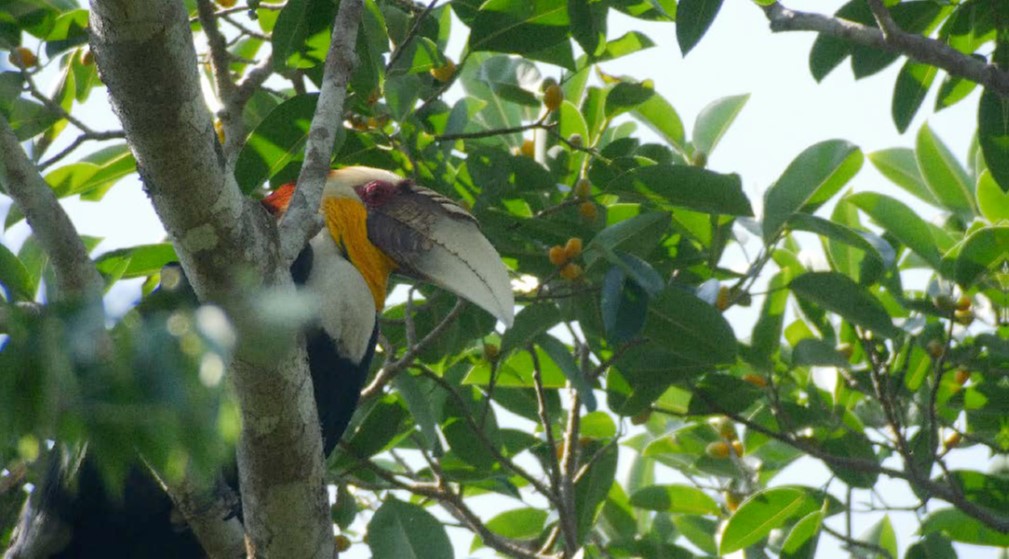
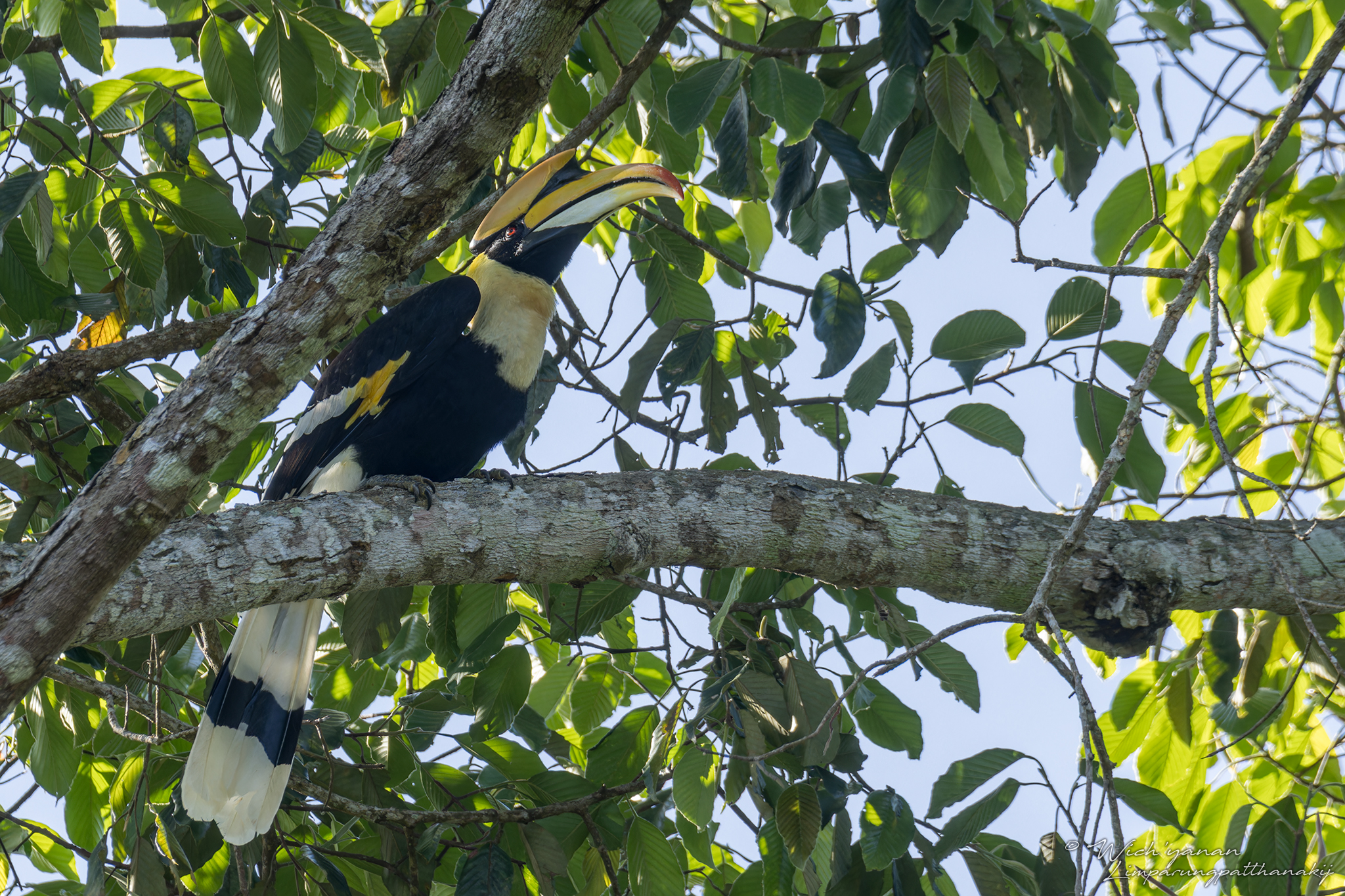
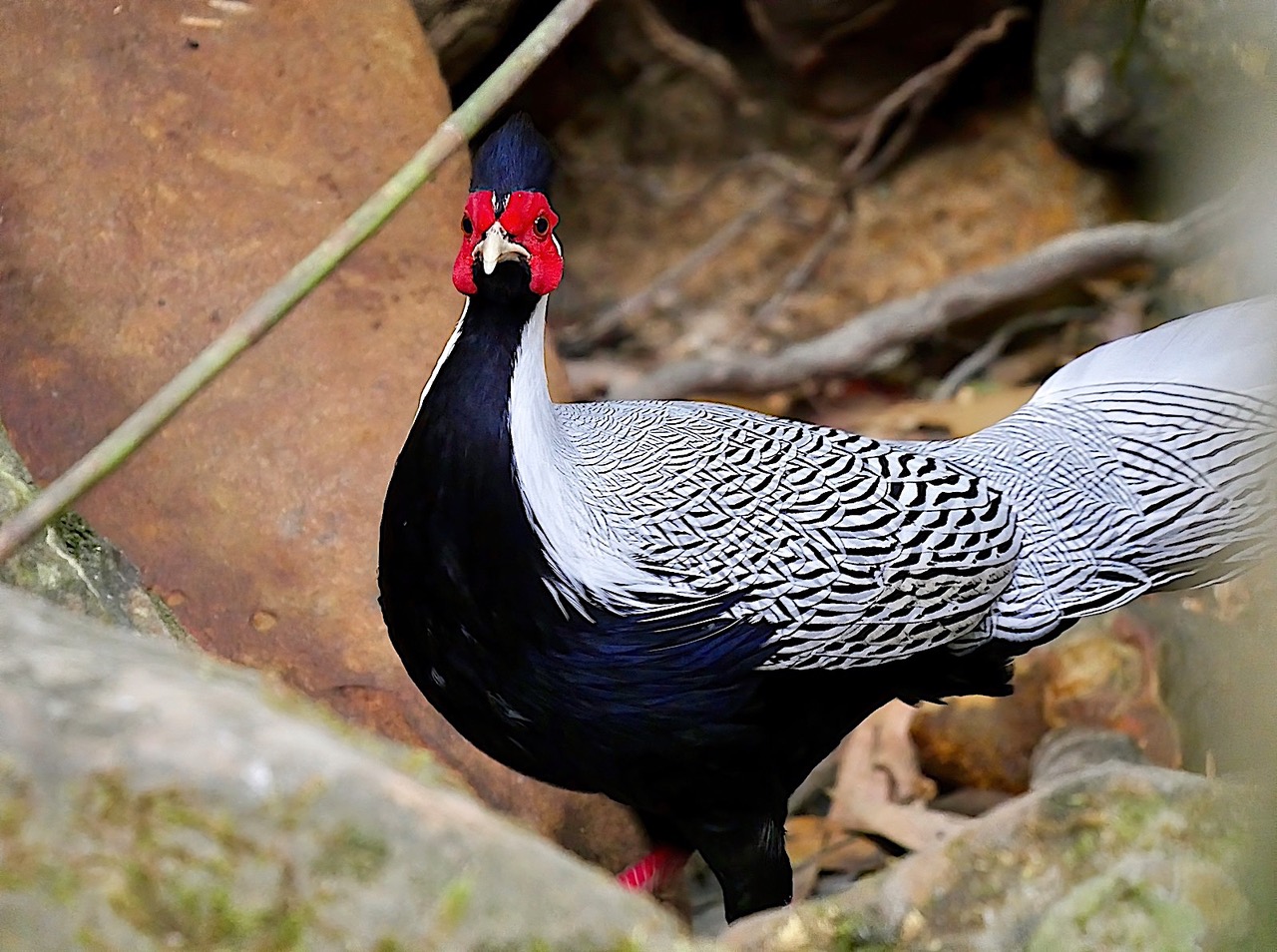
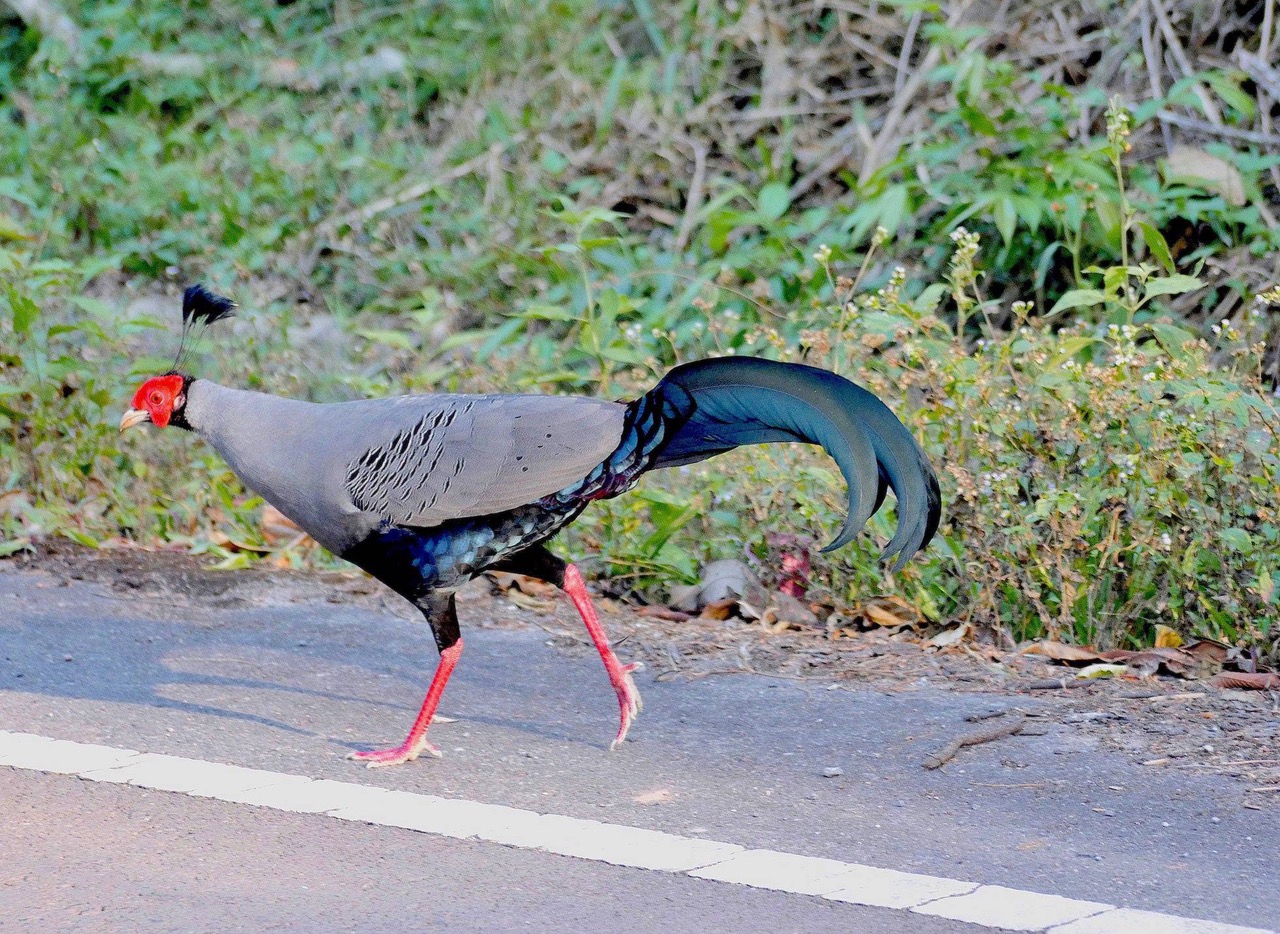
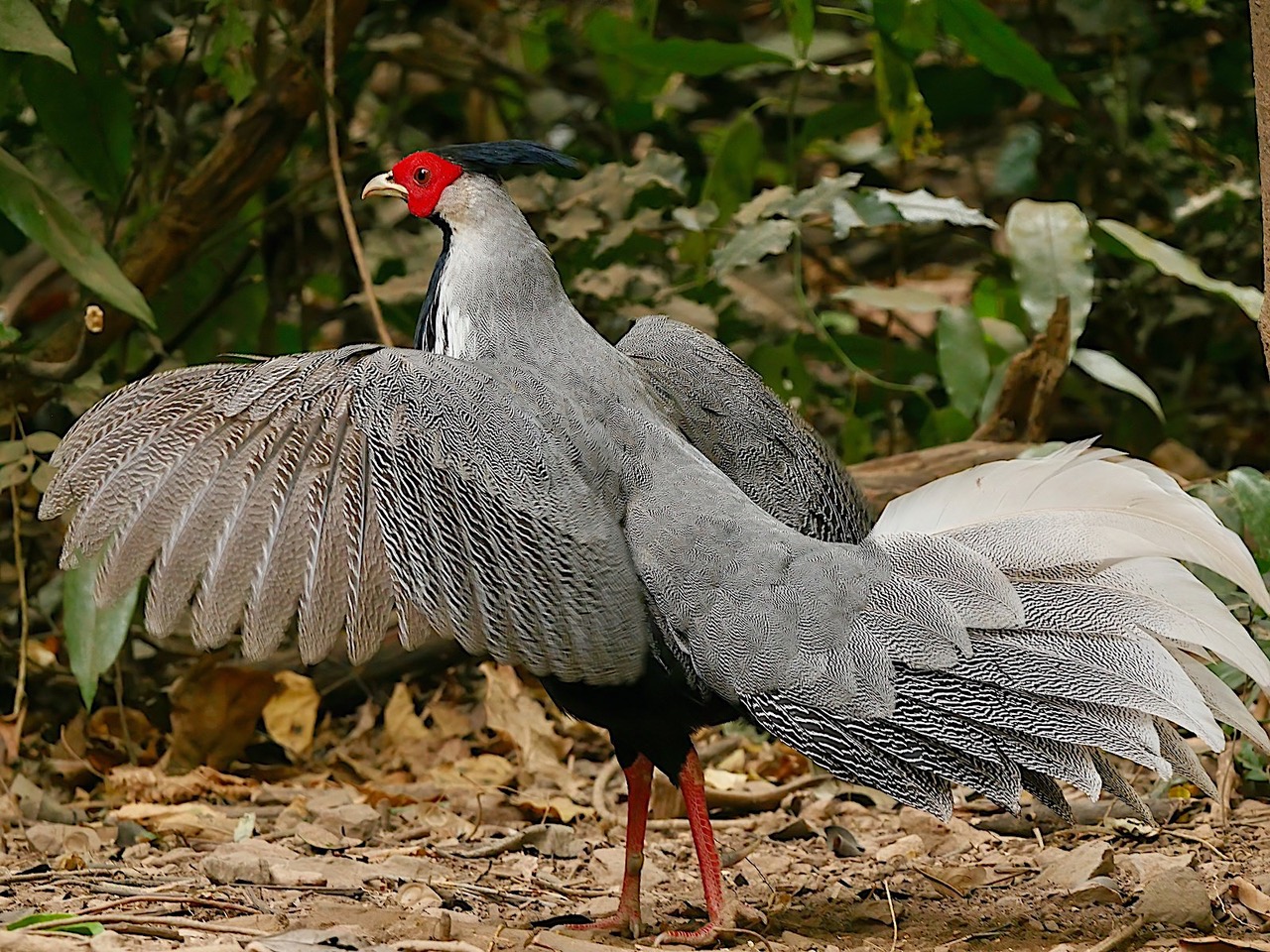
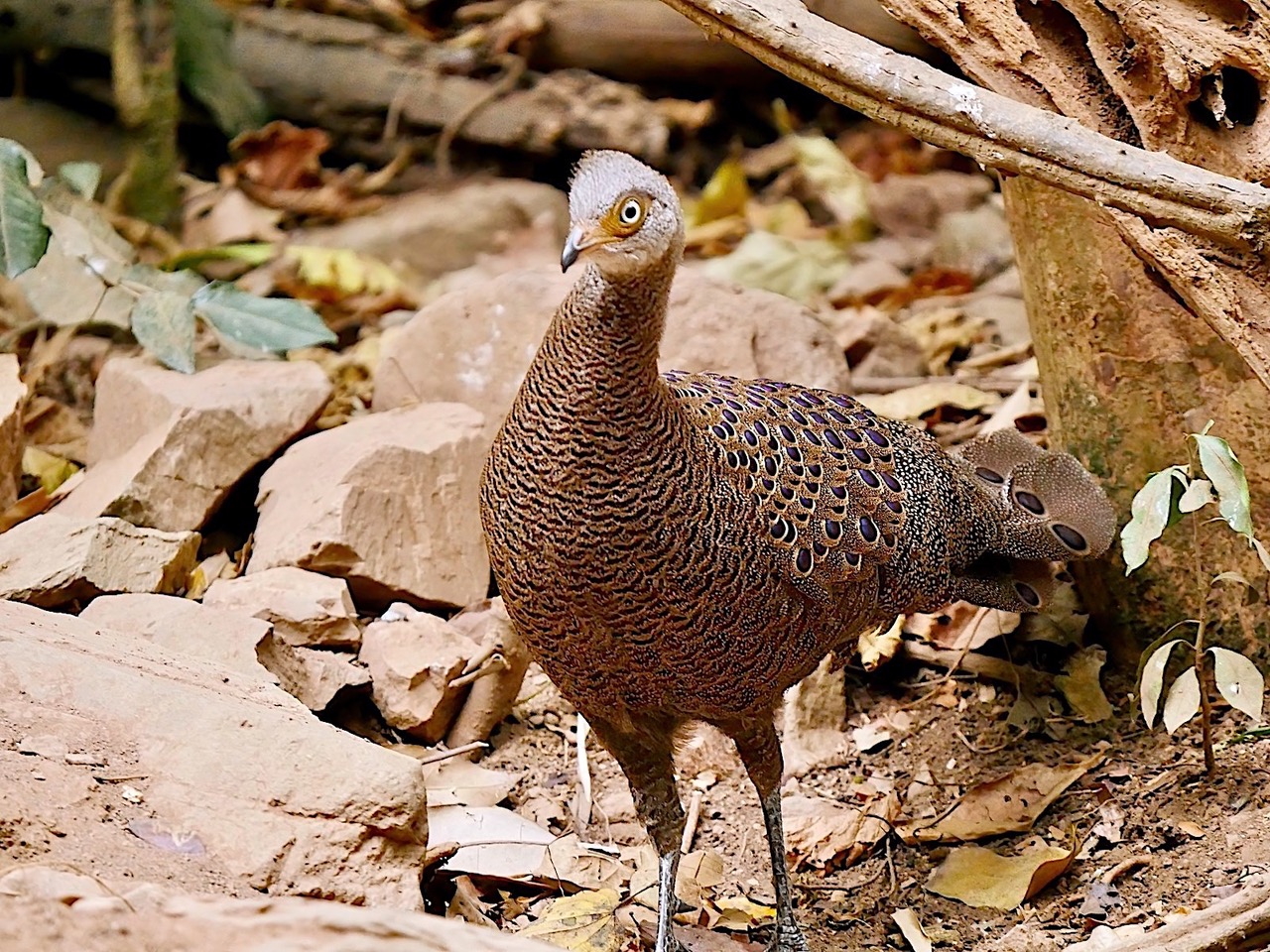

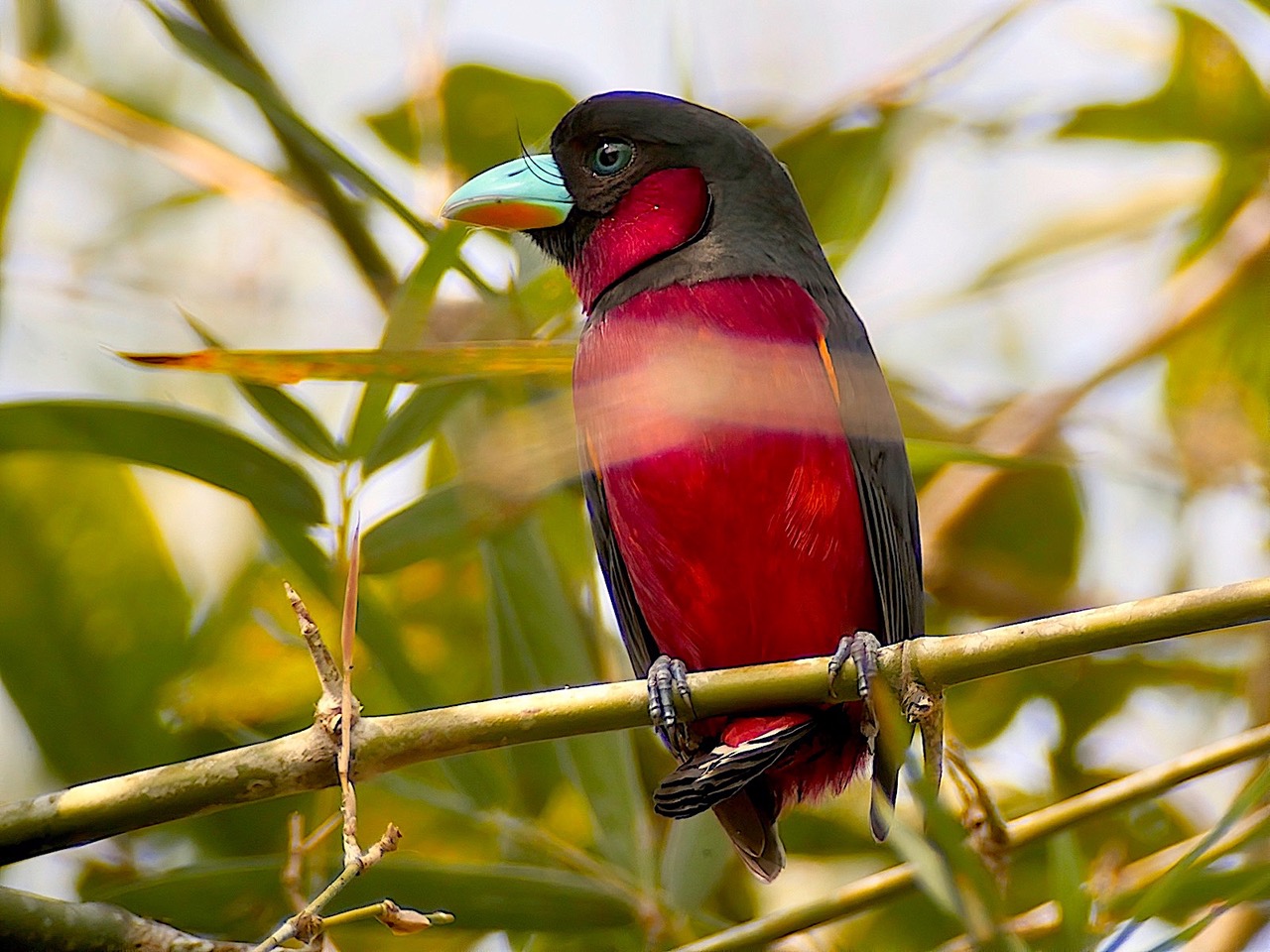
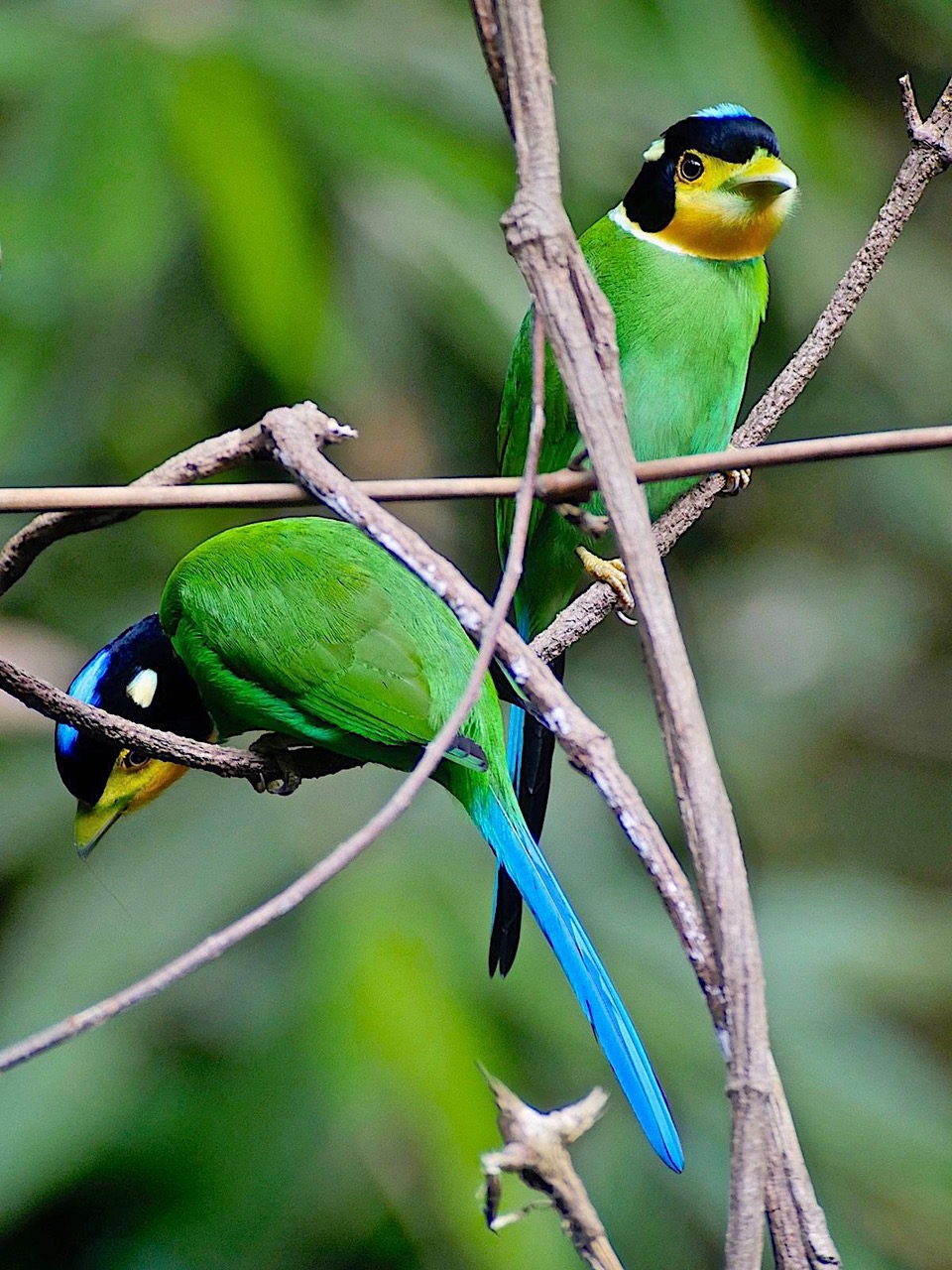
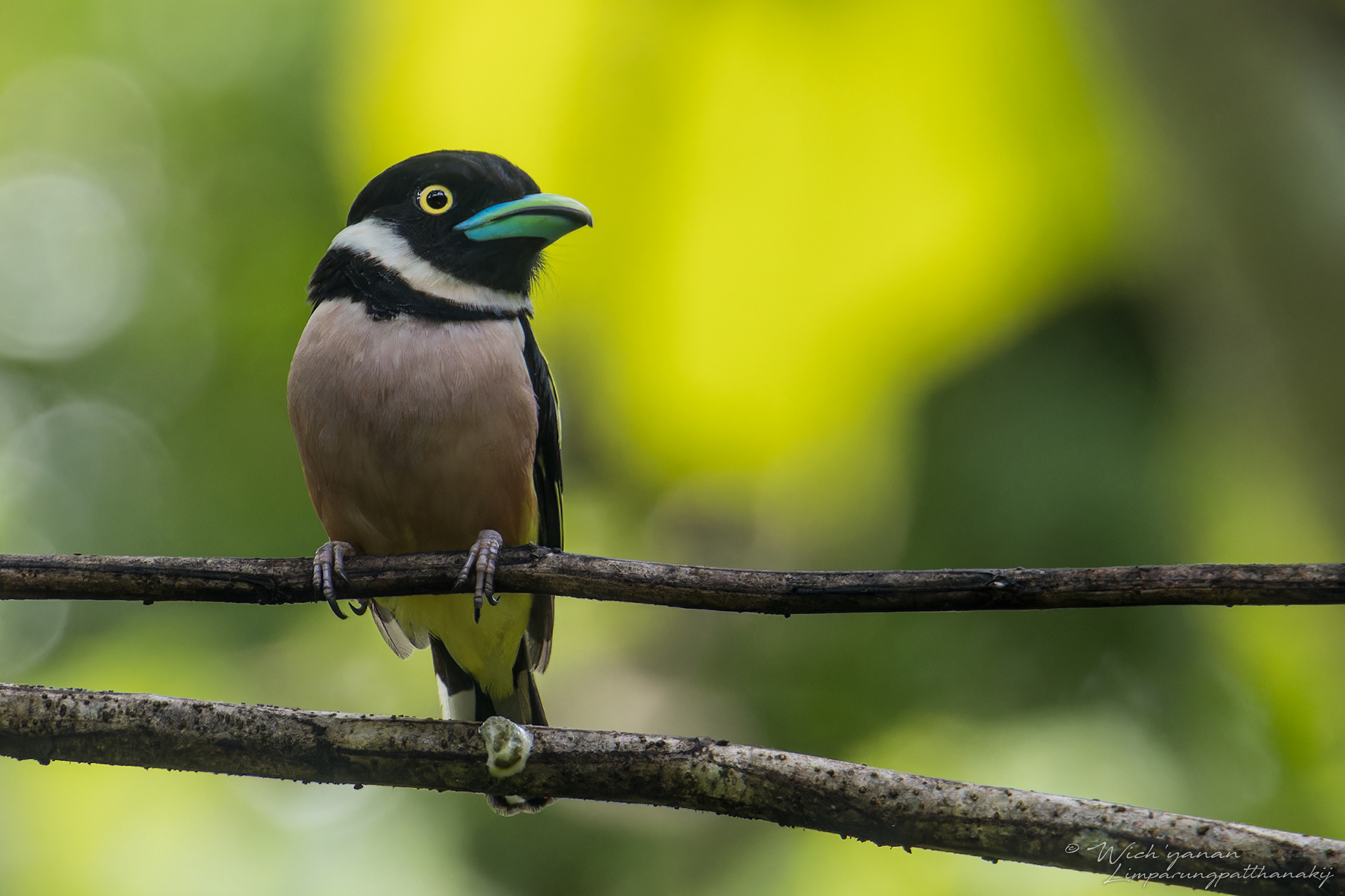
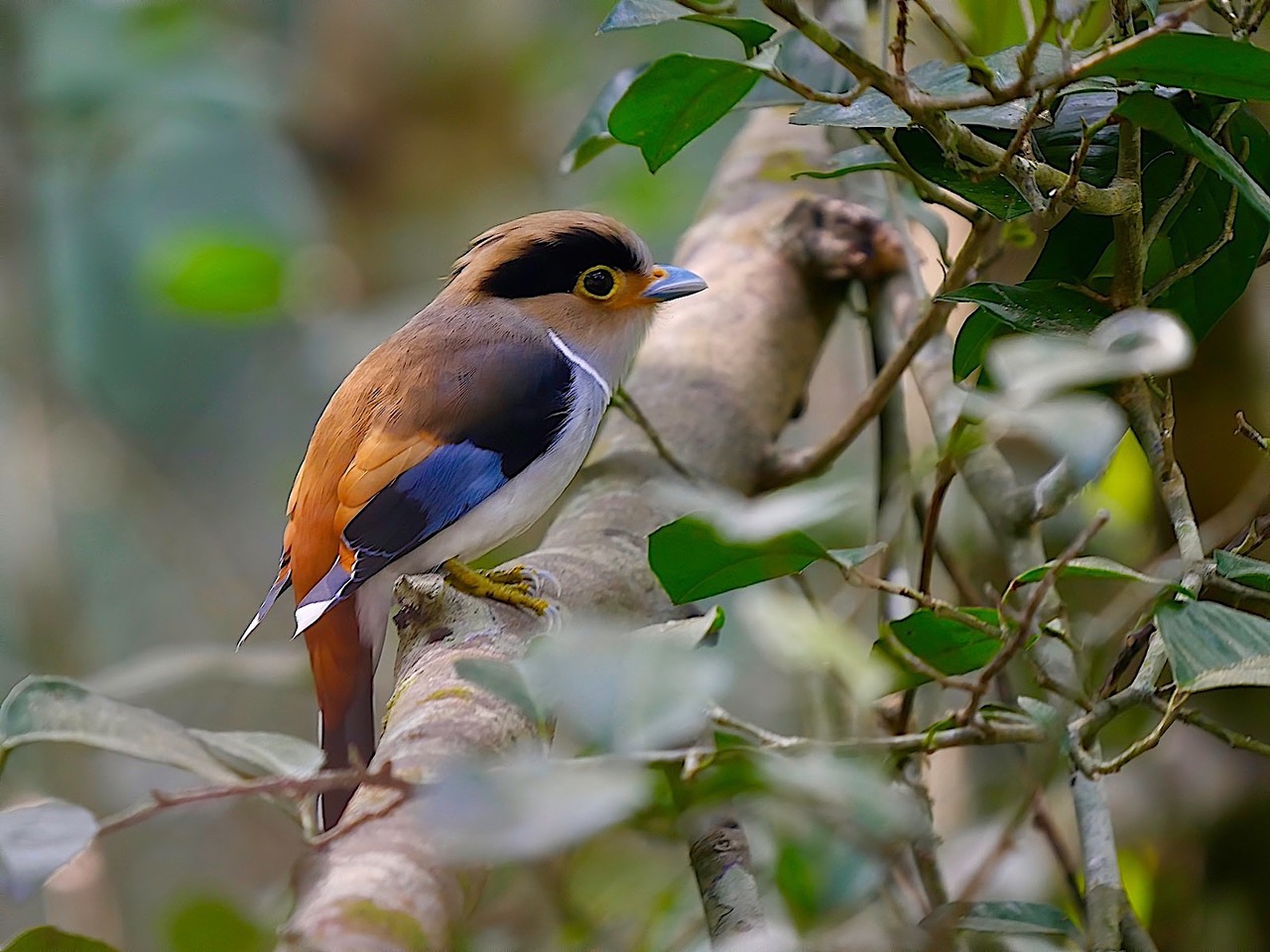
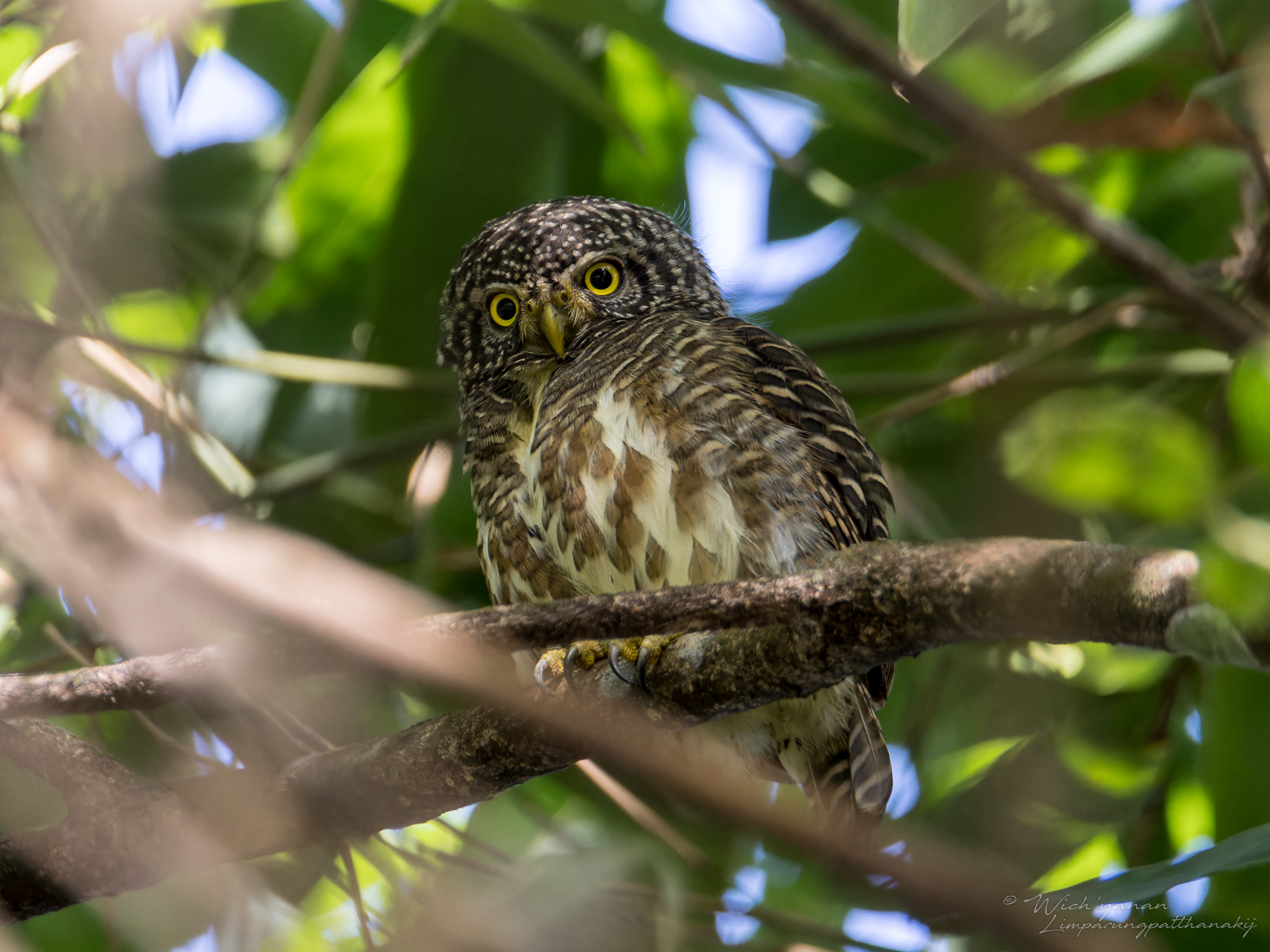
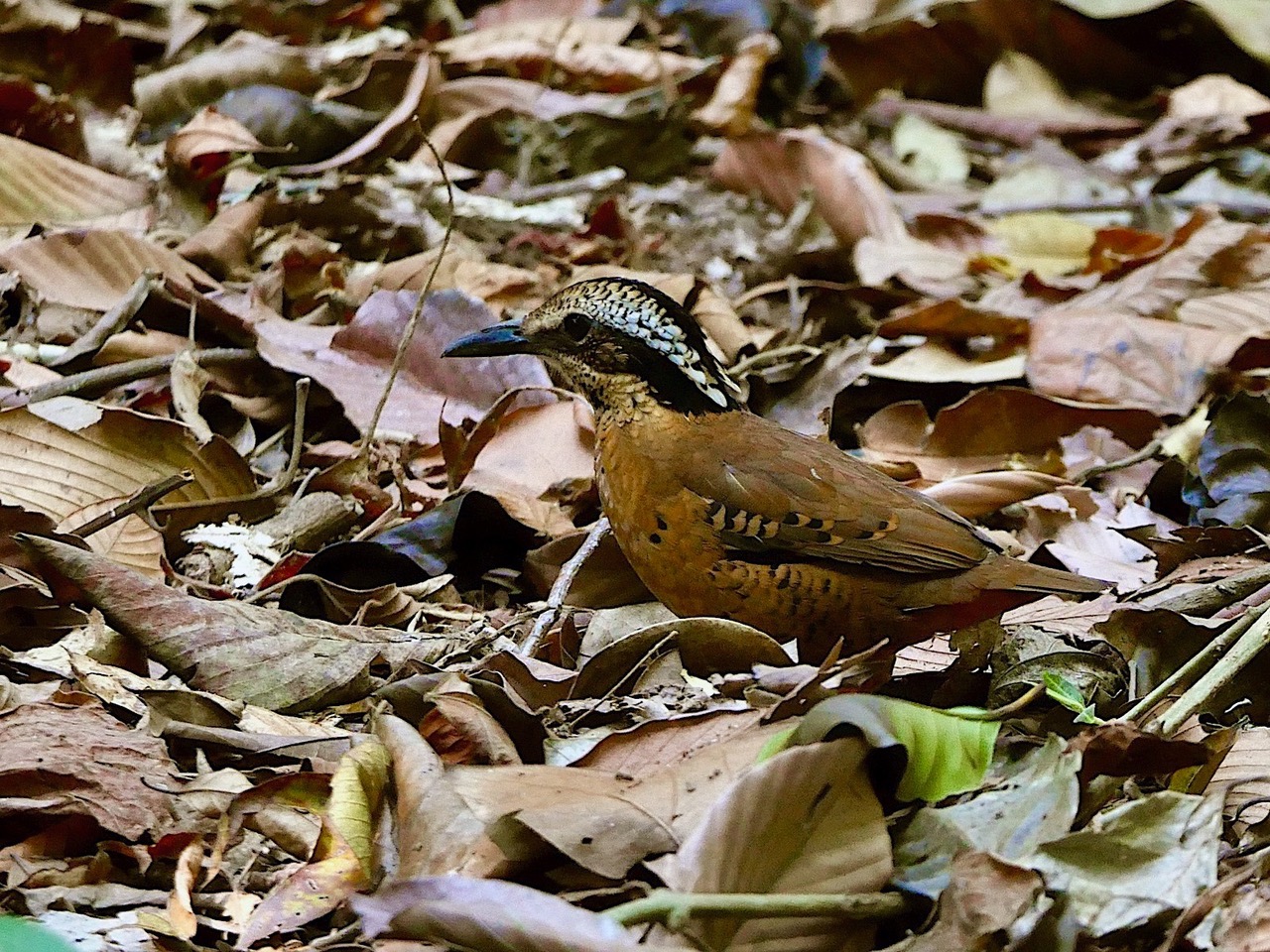
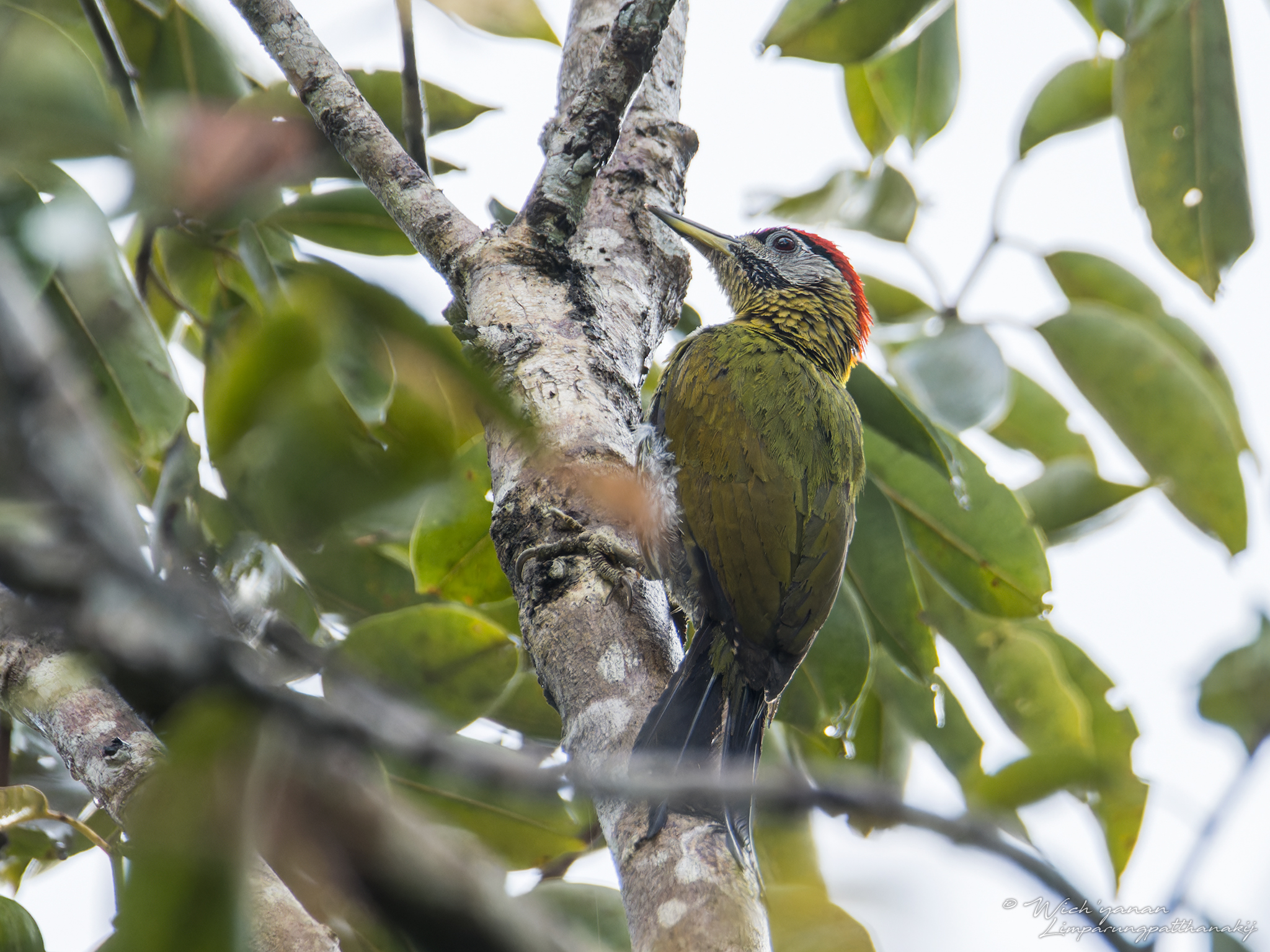

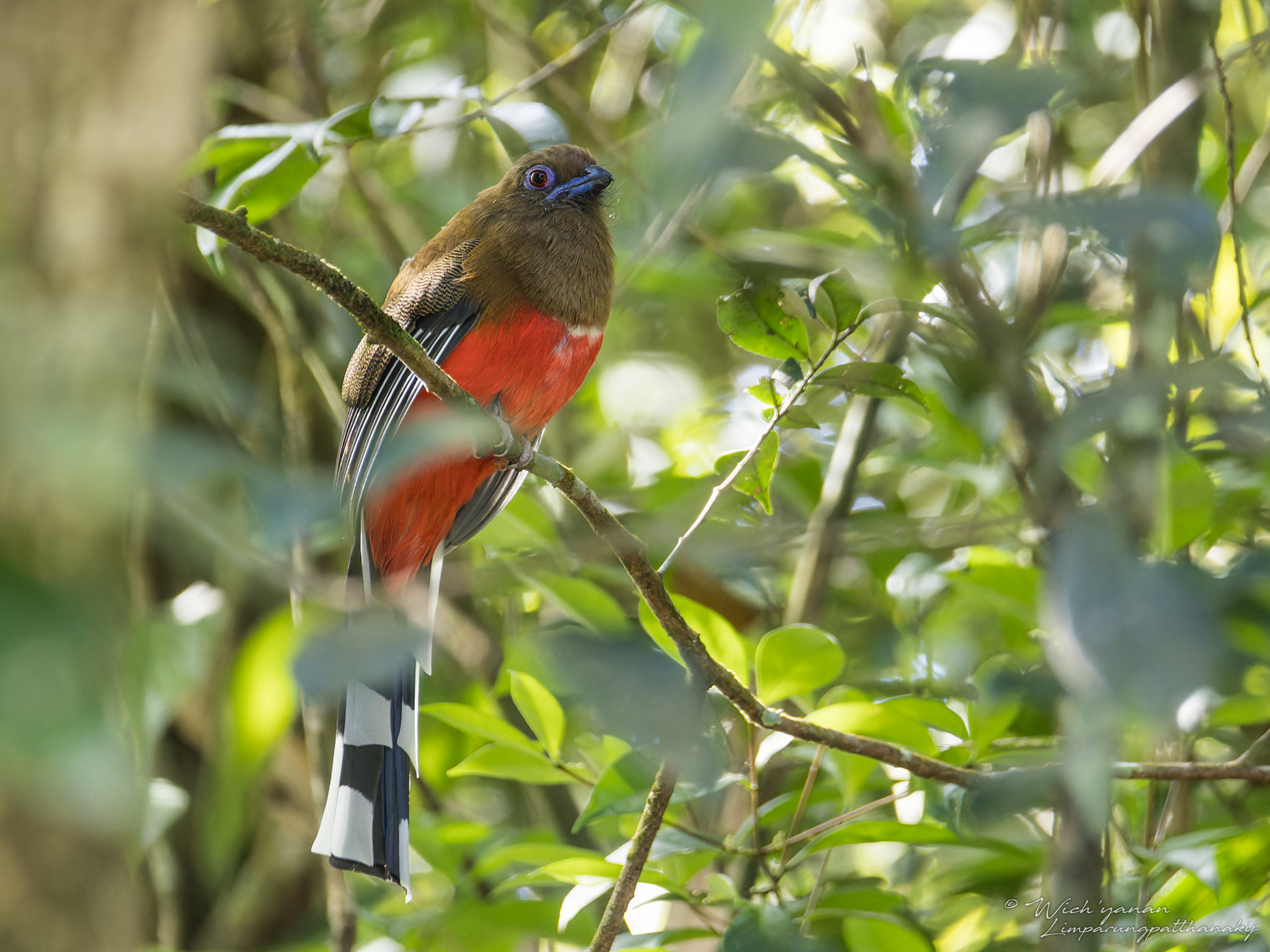
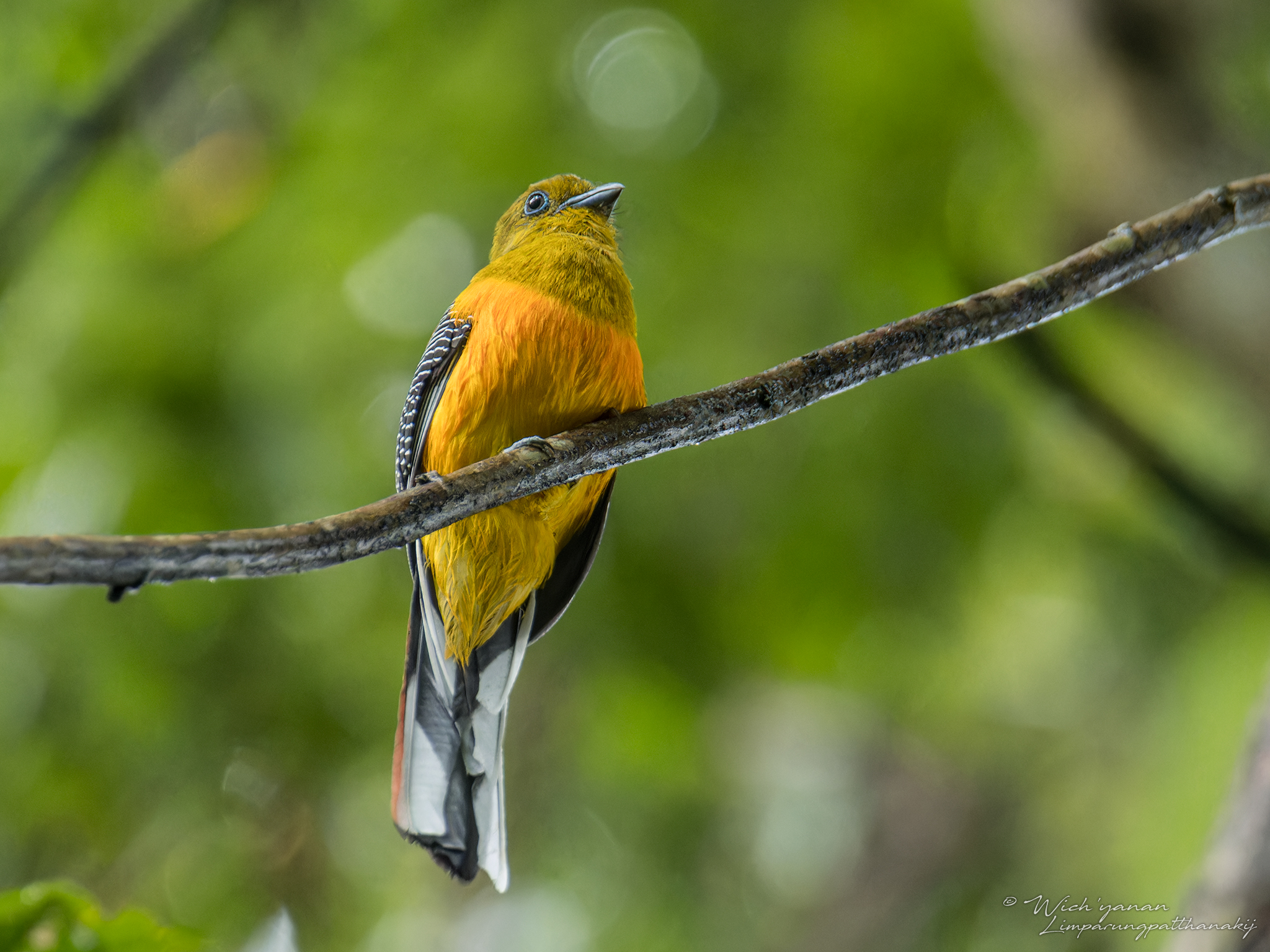
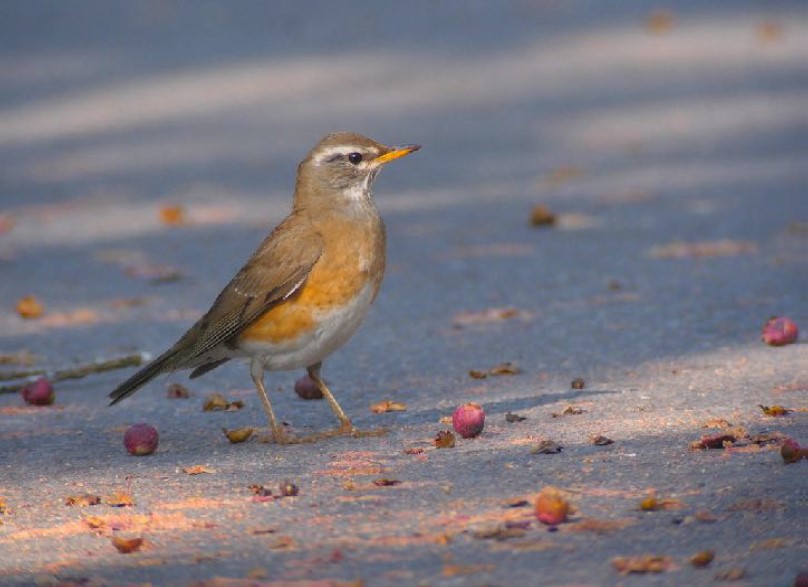
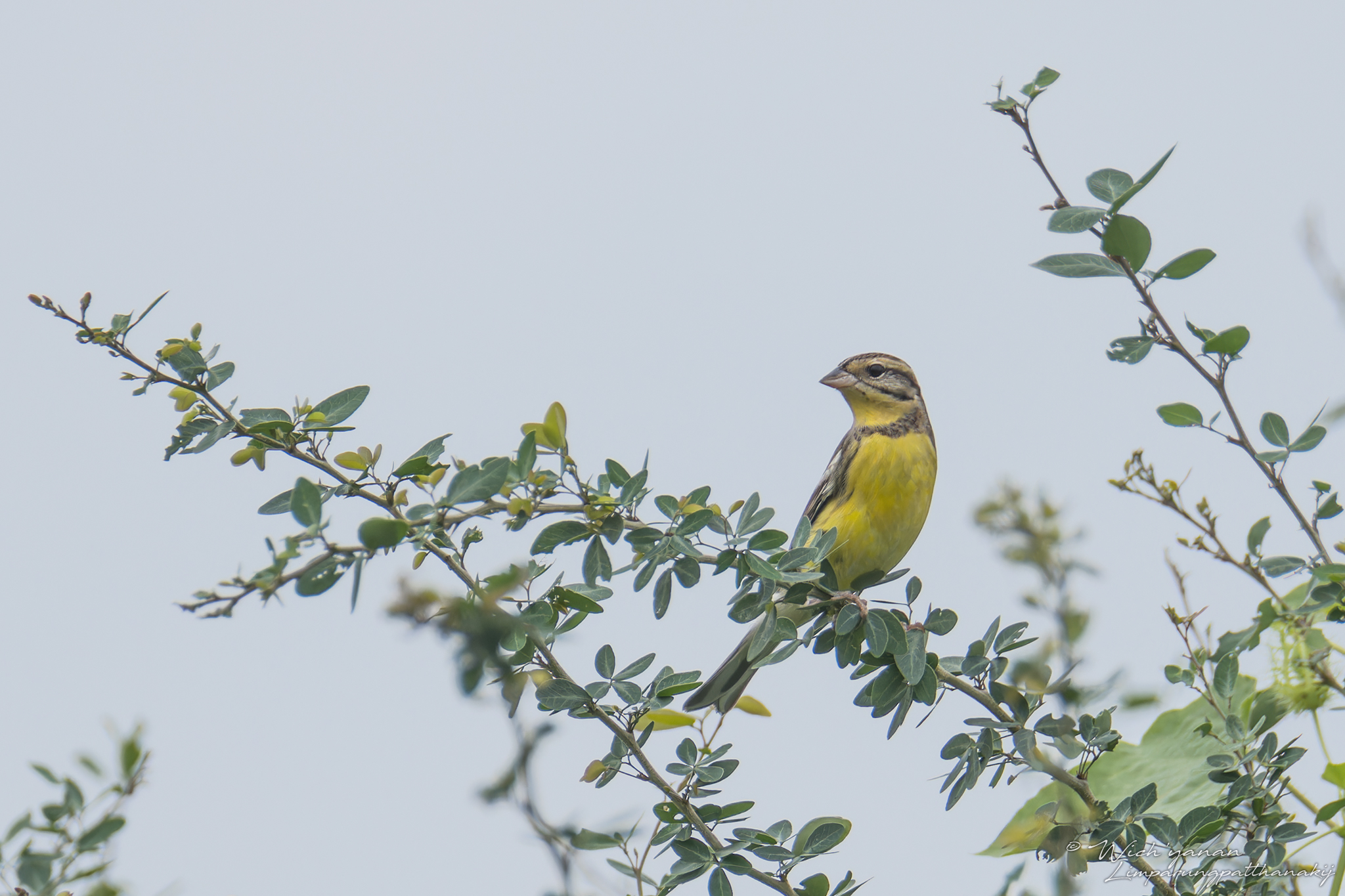
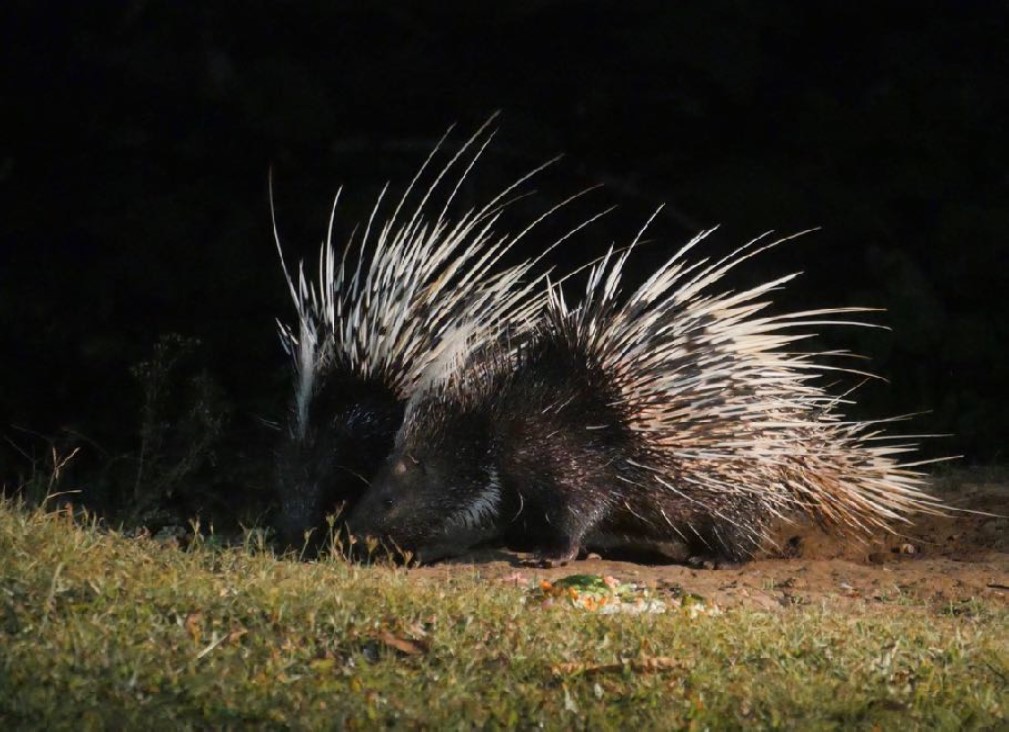
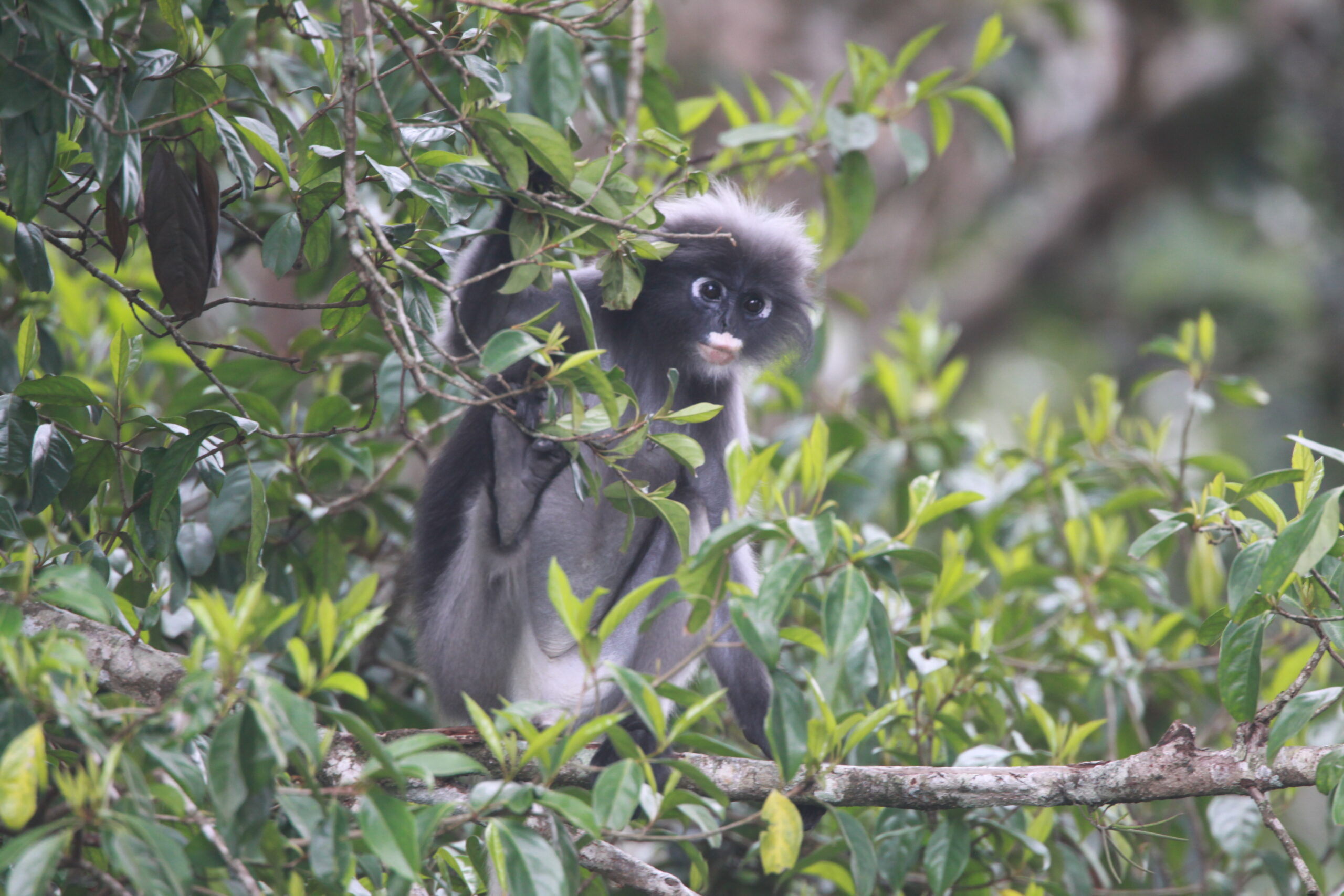
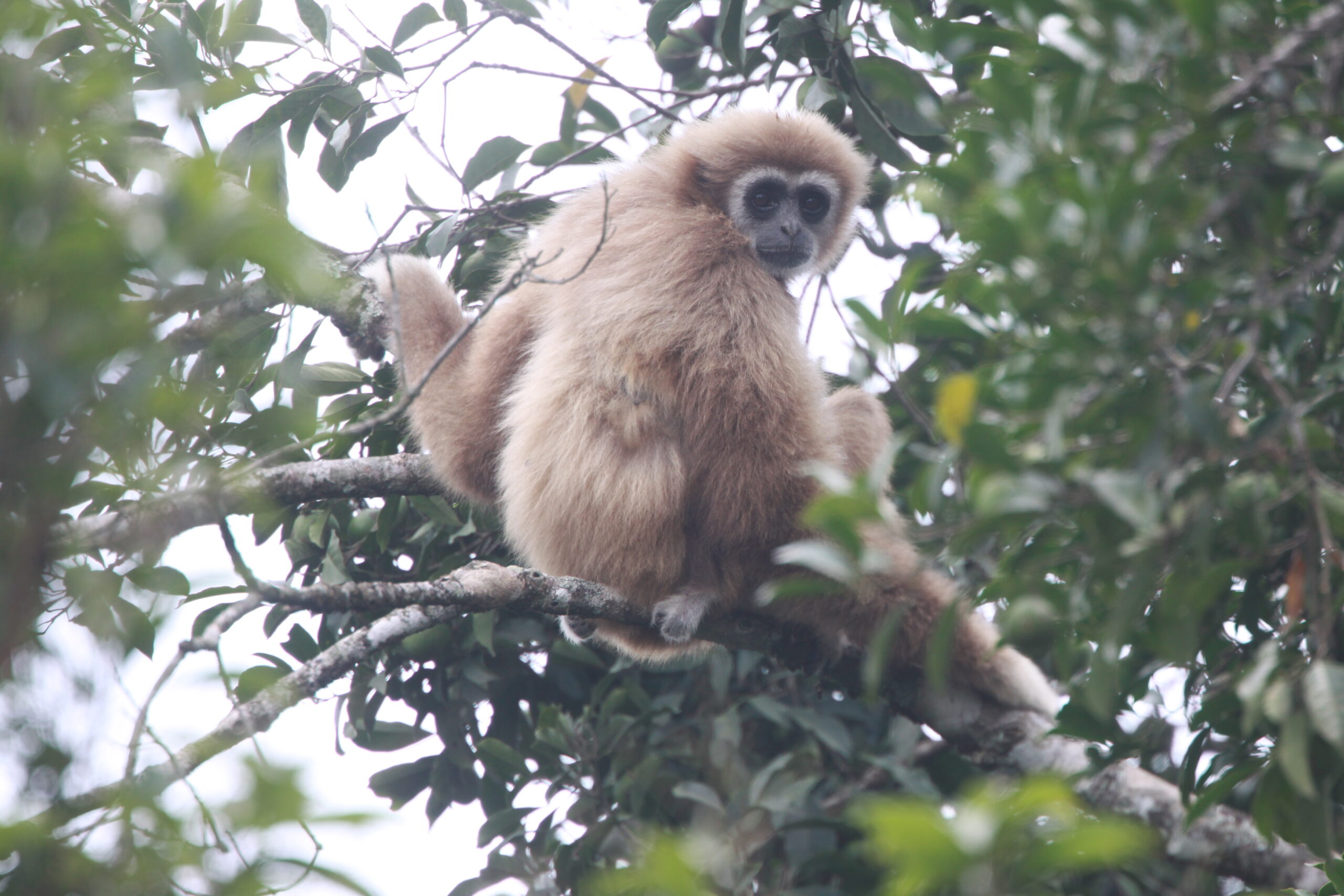






























Ask About This Tour
If you have any questions about this tour, please enter your details here and we will get back to you as soon as possible.
Alternatively, contact us by email or phone. We look forward to hearing from you!
- 0117 965 8333
- [email protected]
Or complete the contact form and we will endeavour to get back to you as soon as possible.
* = required field
